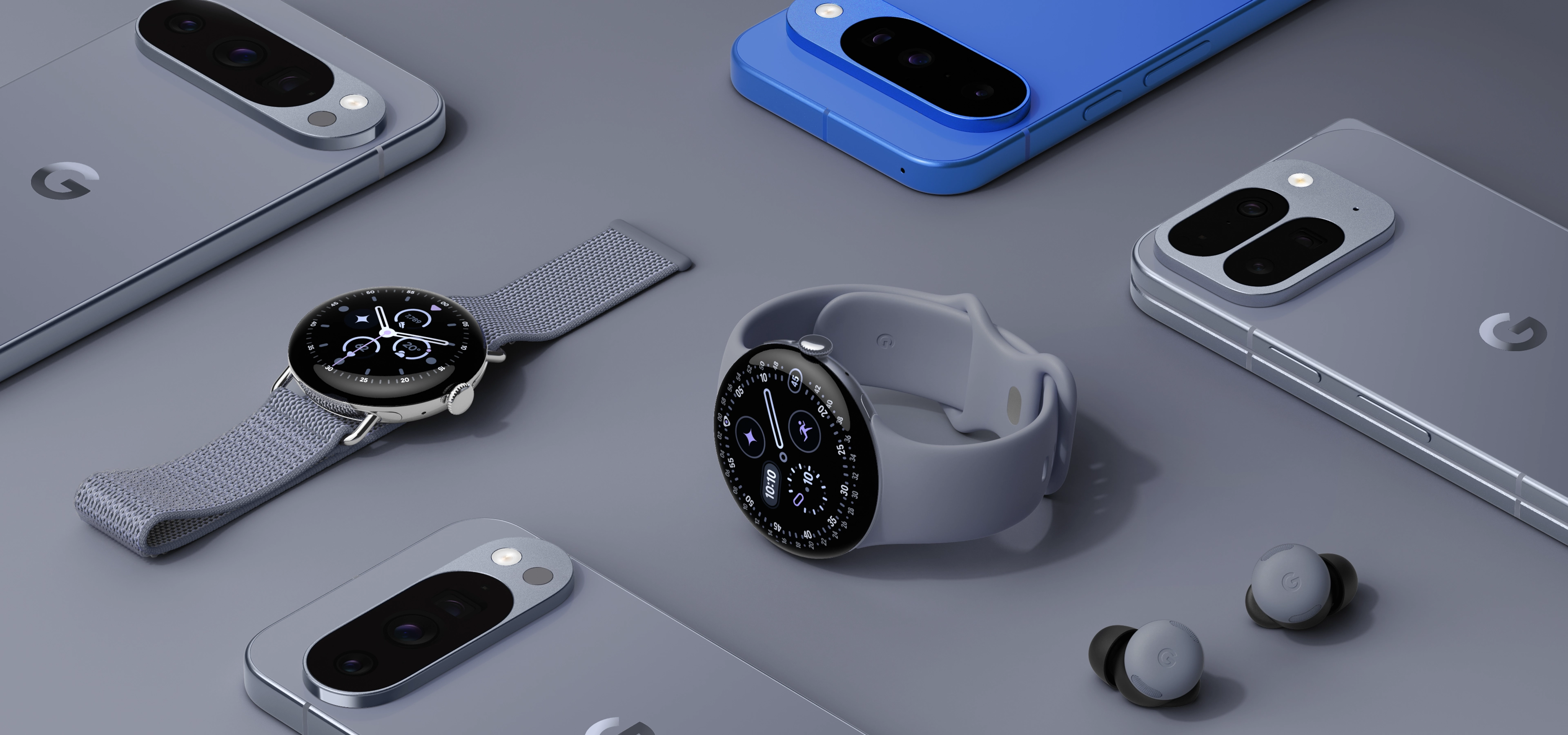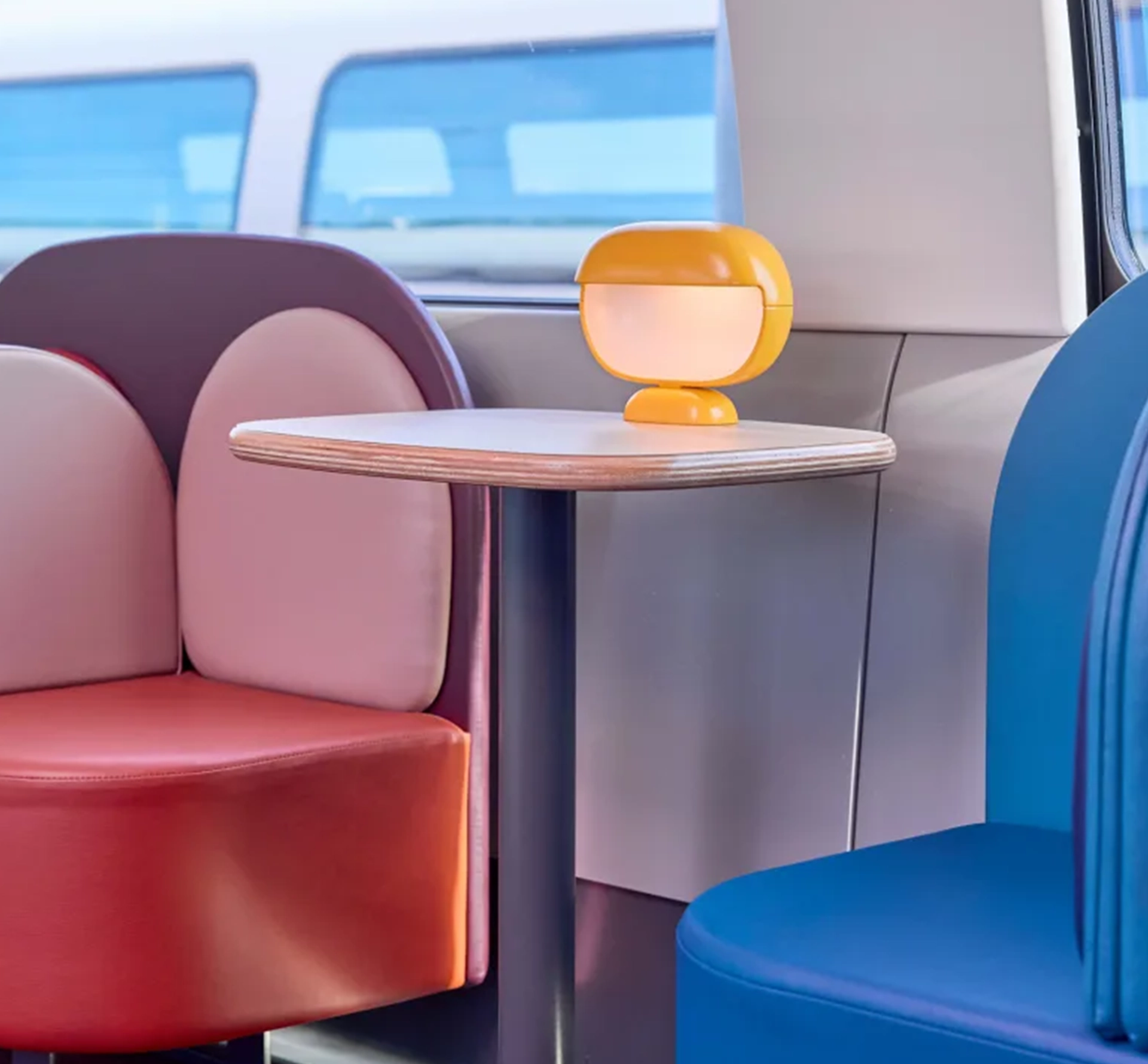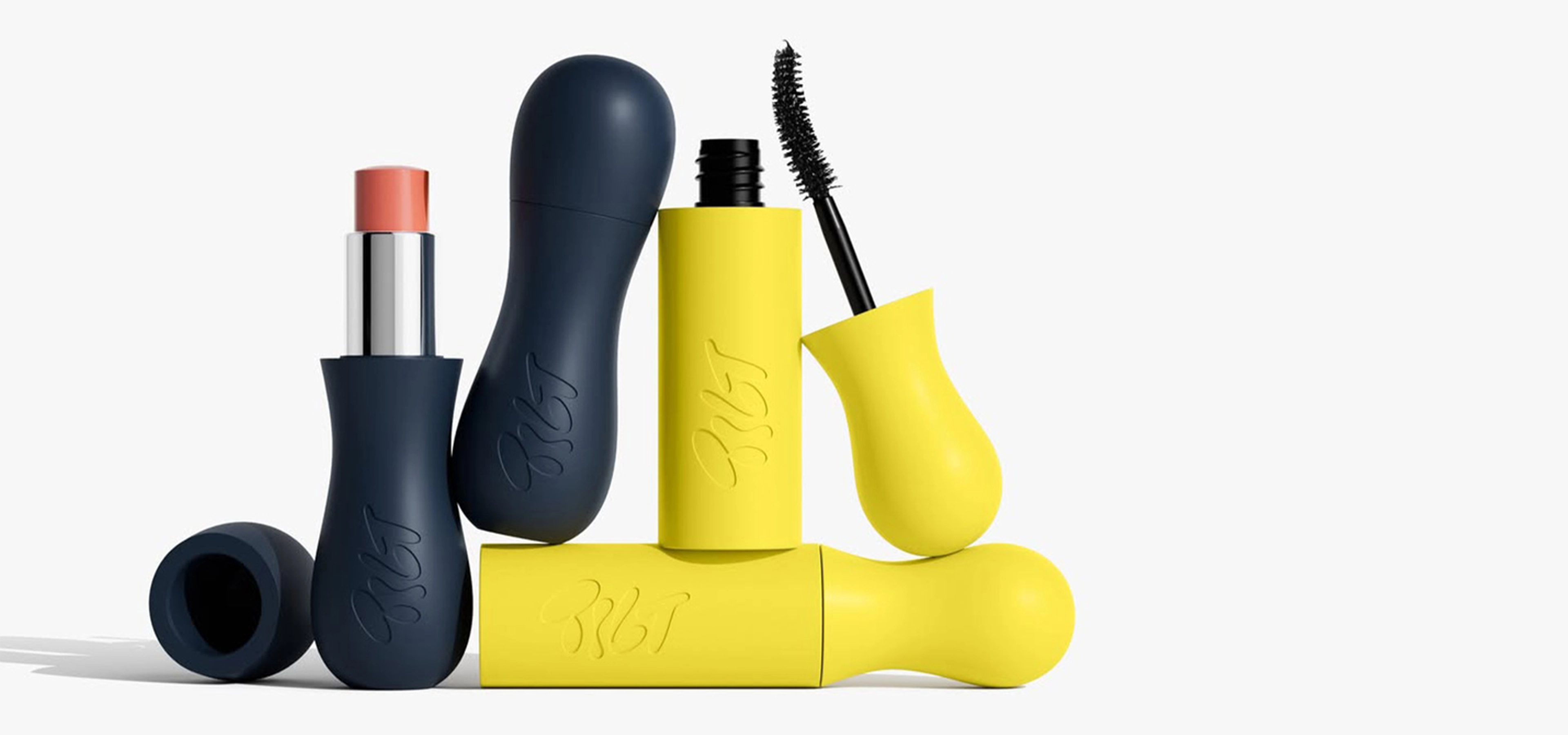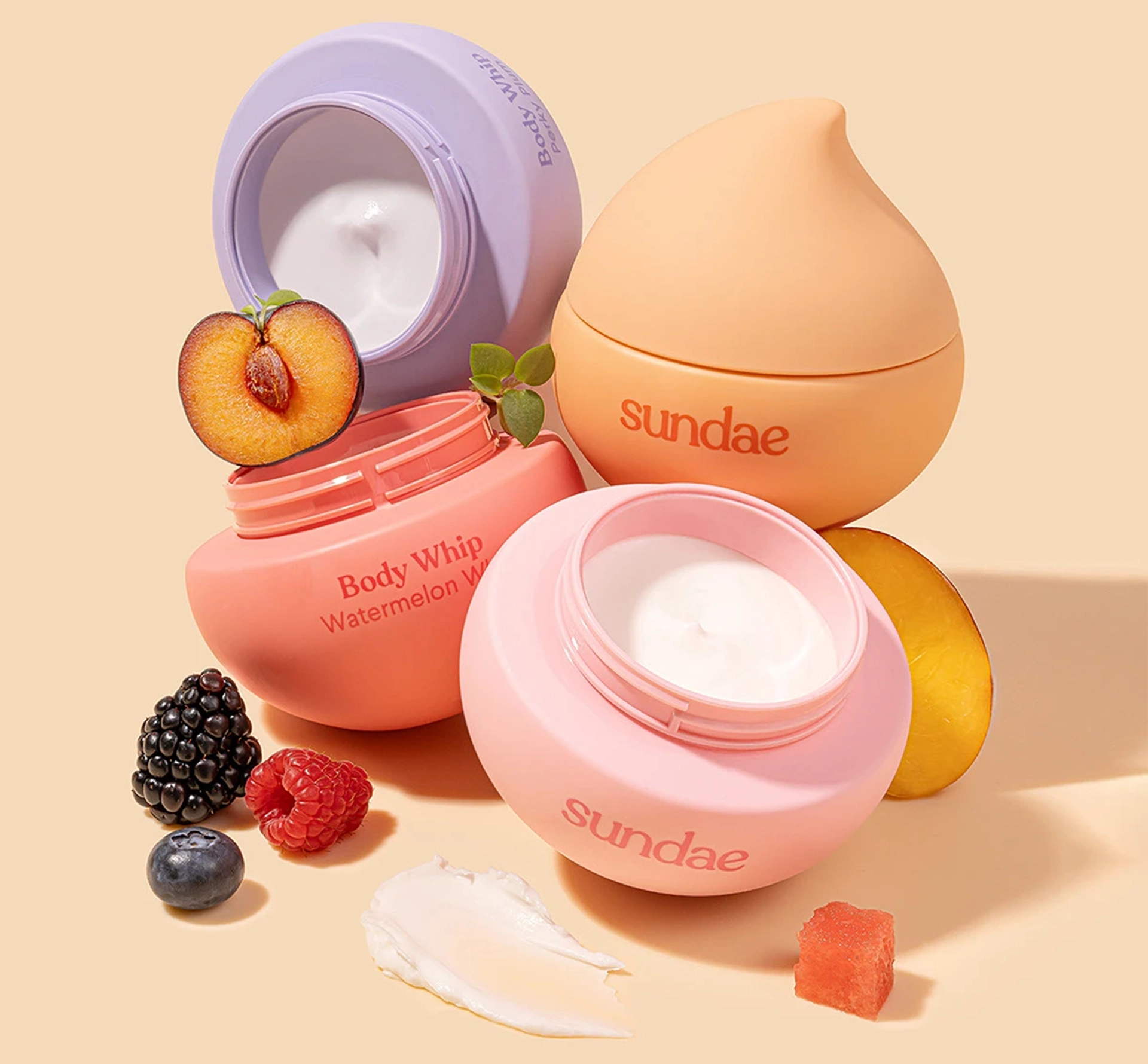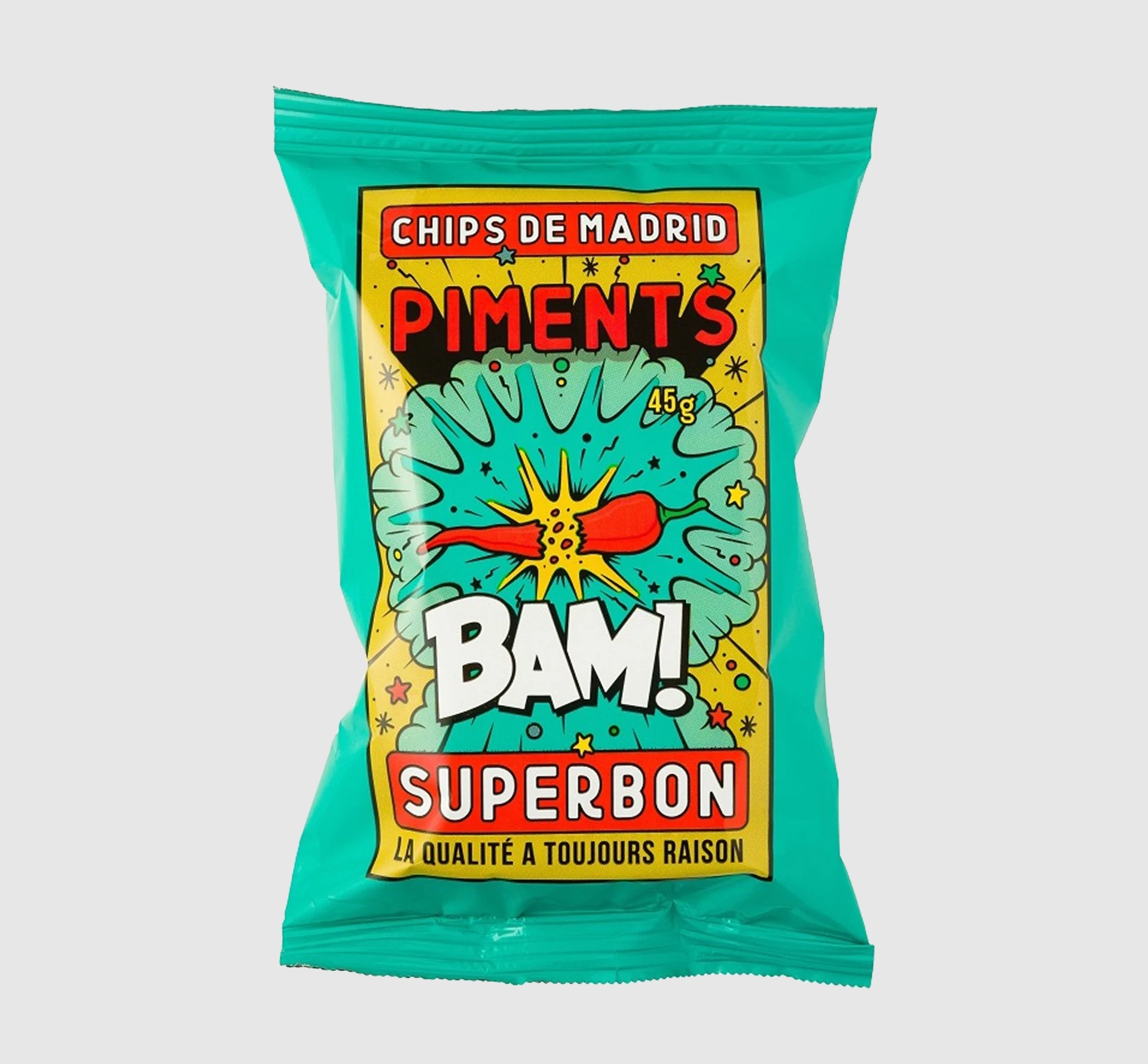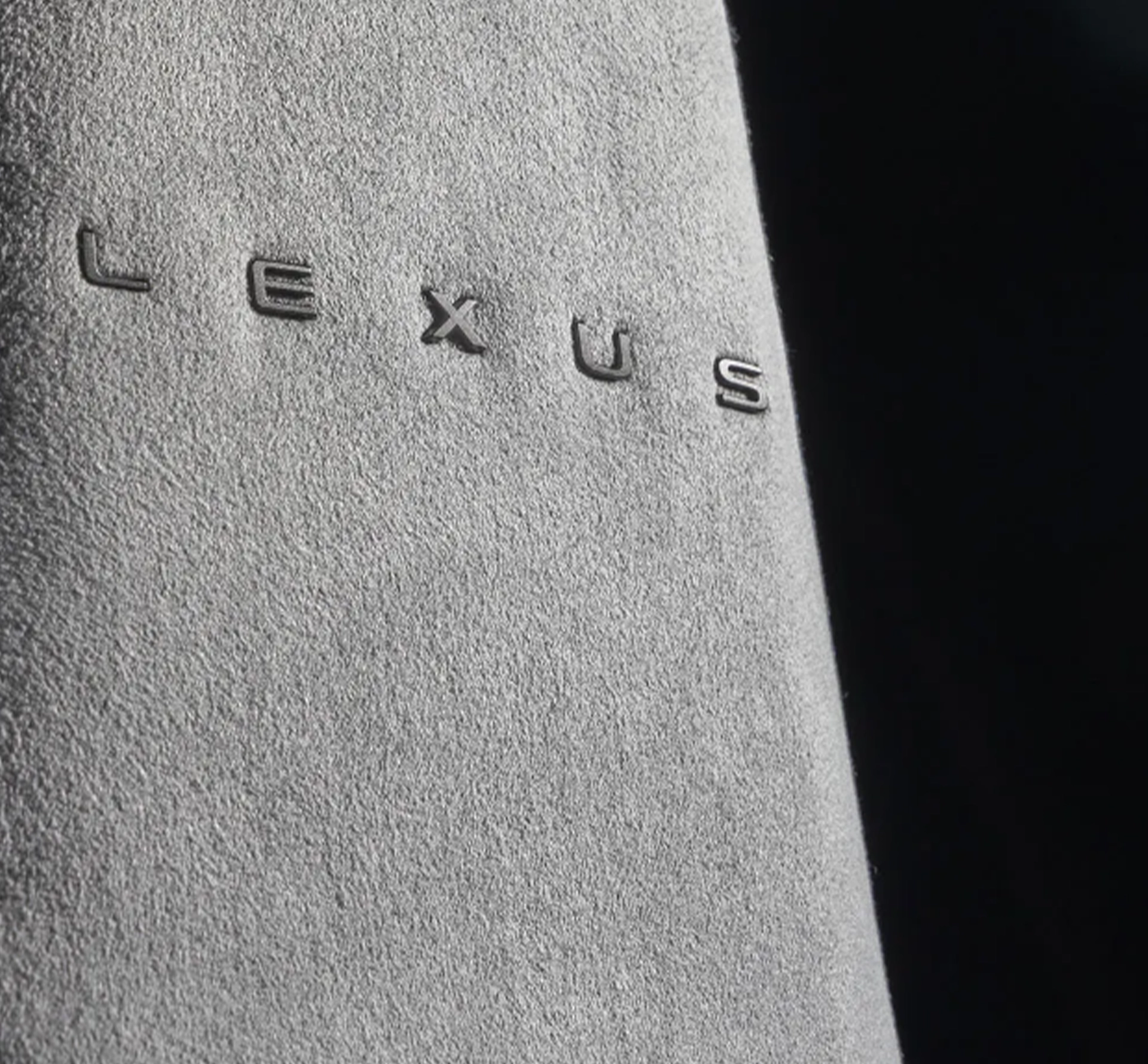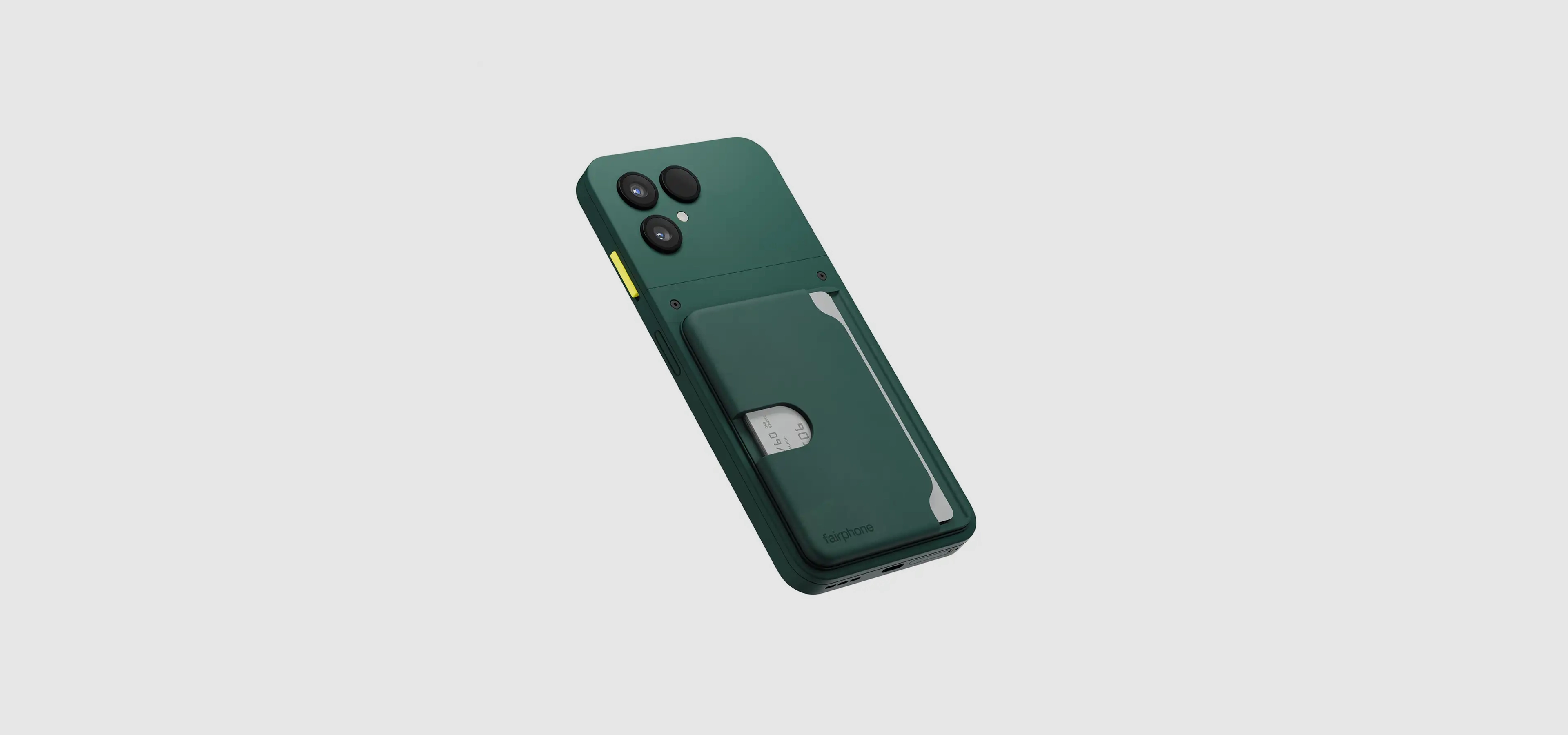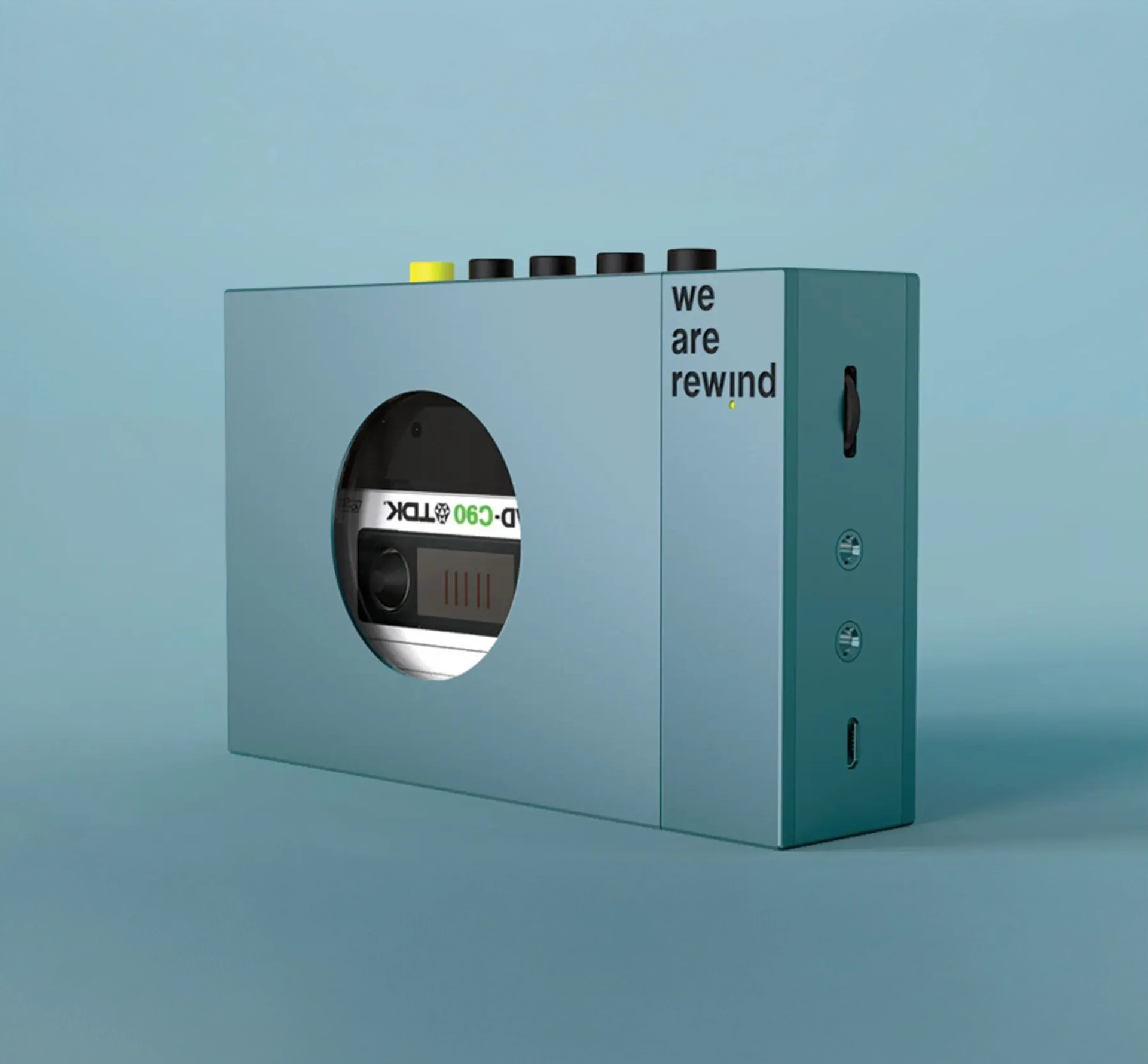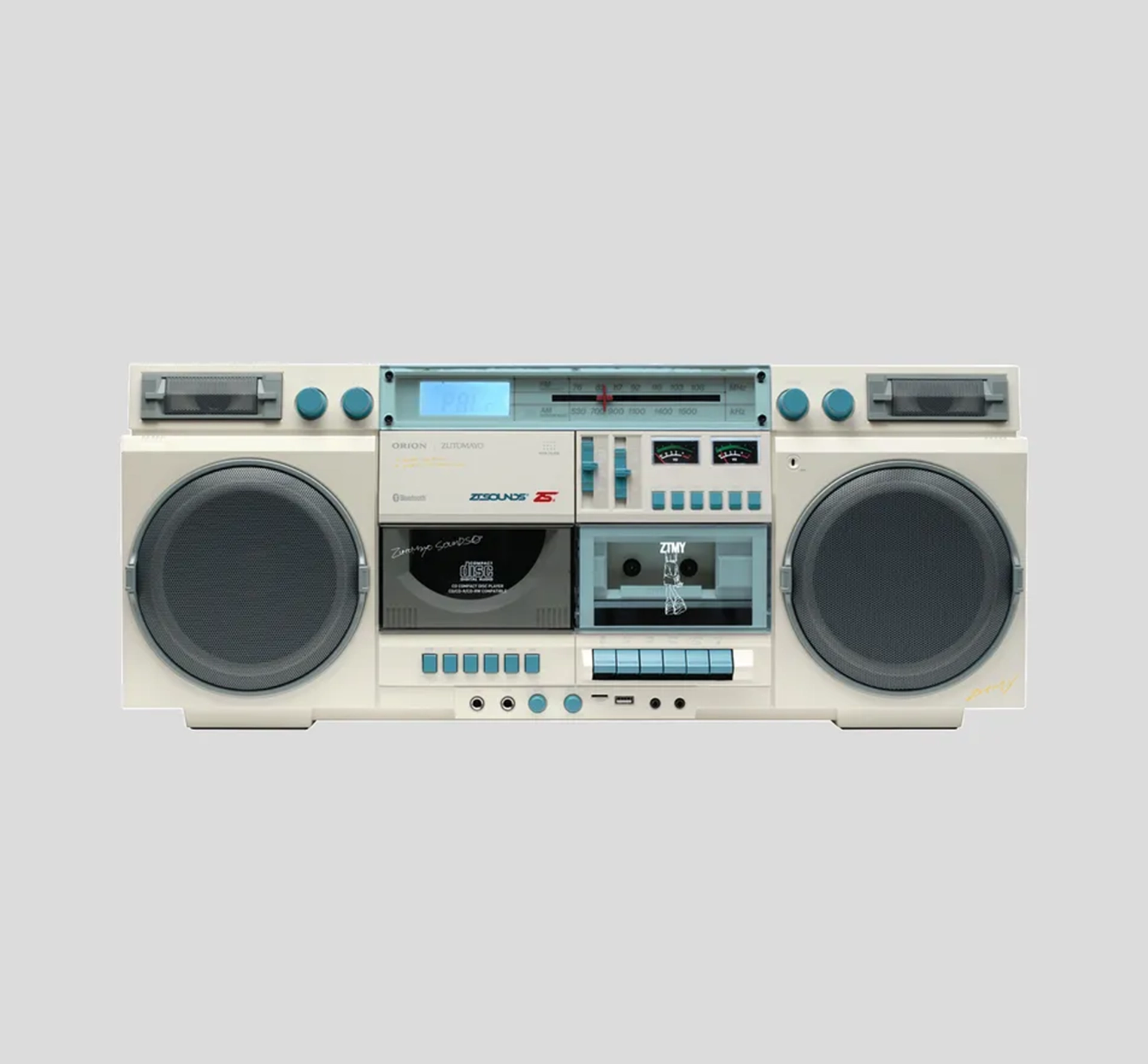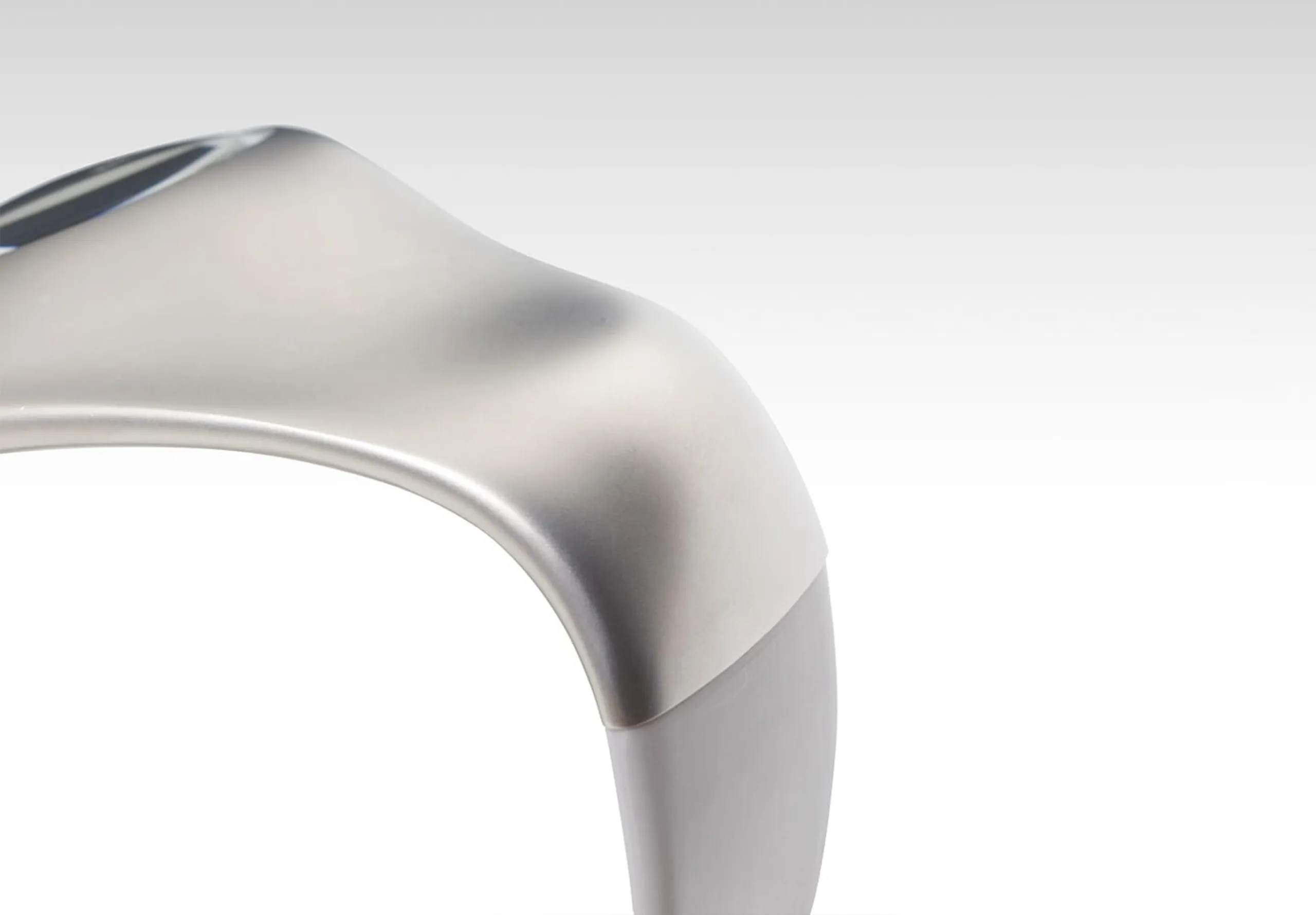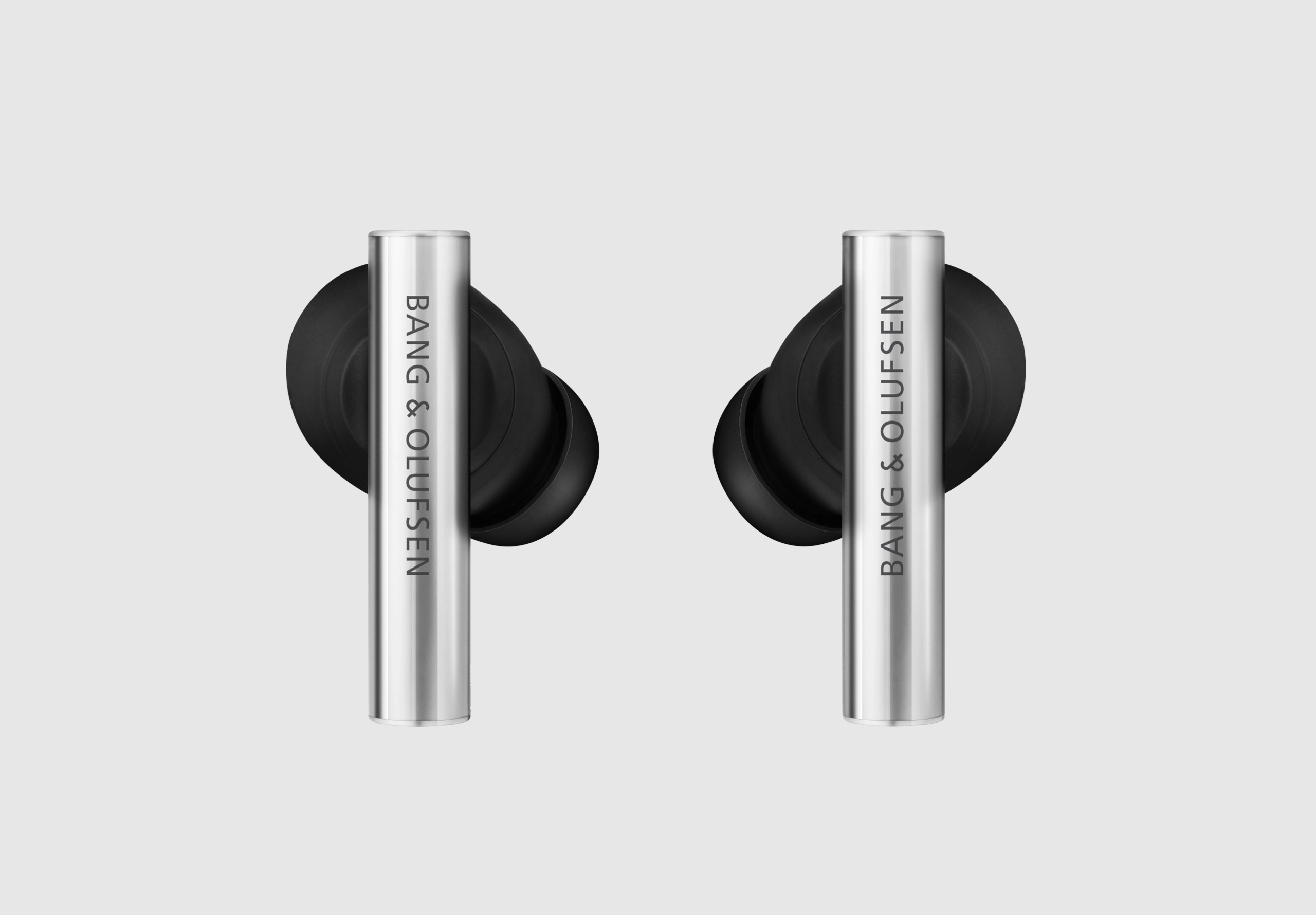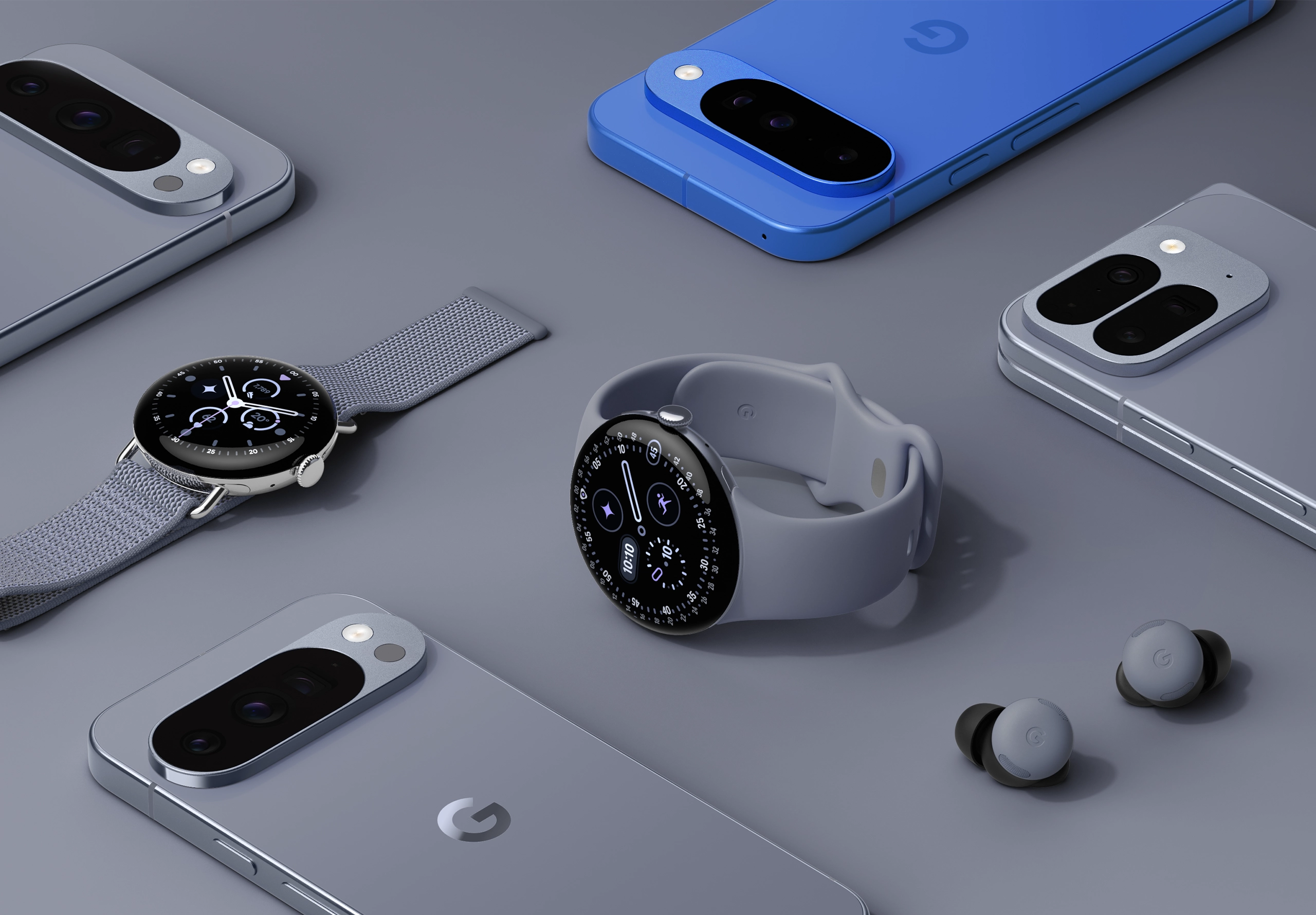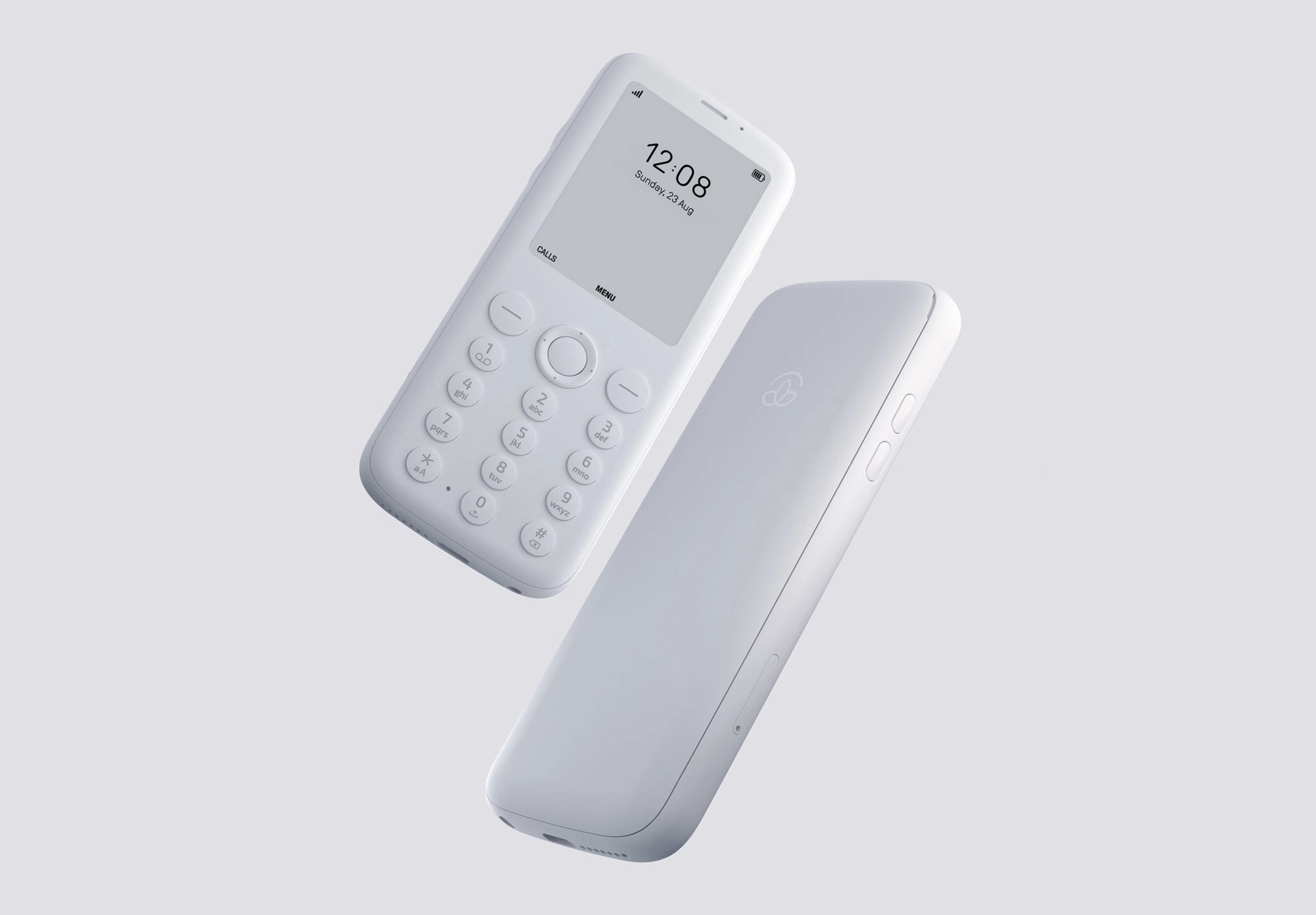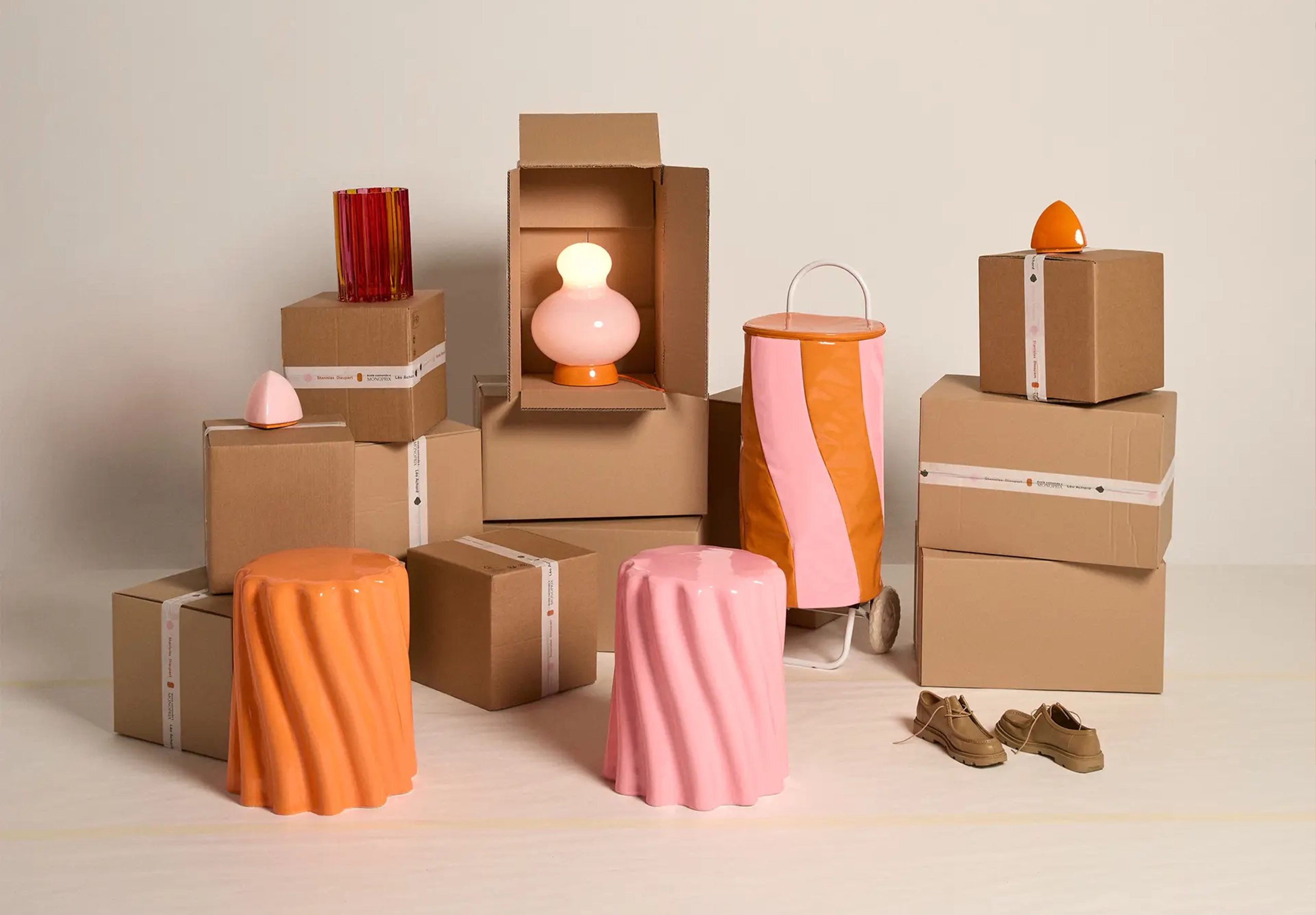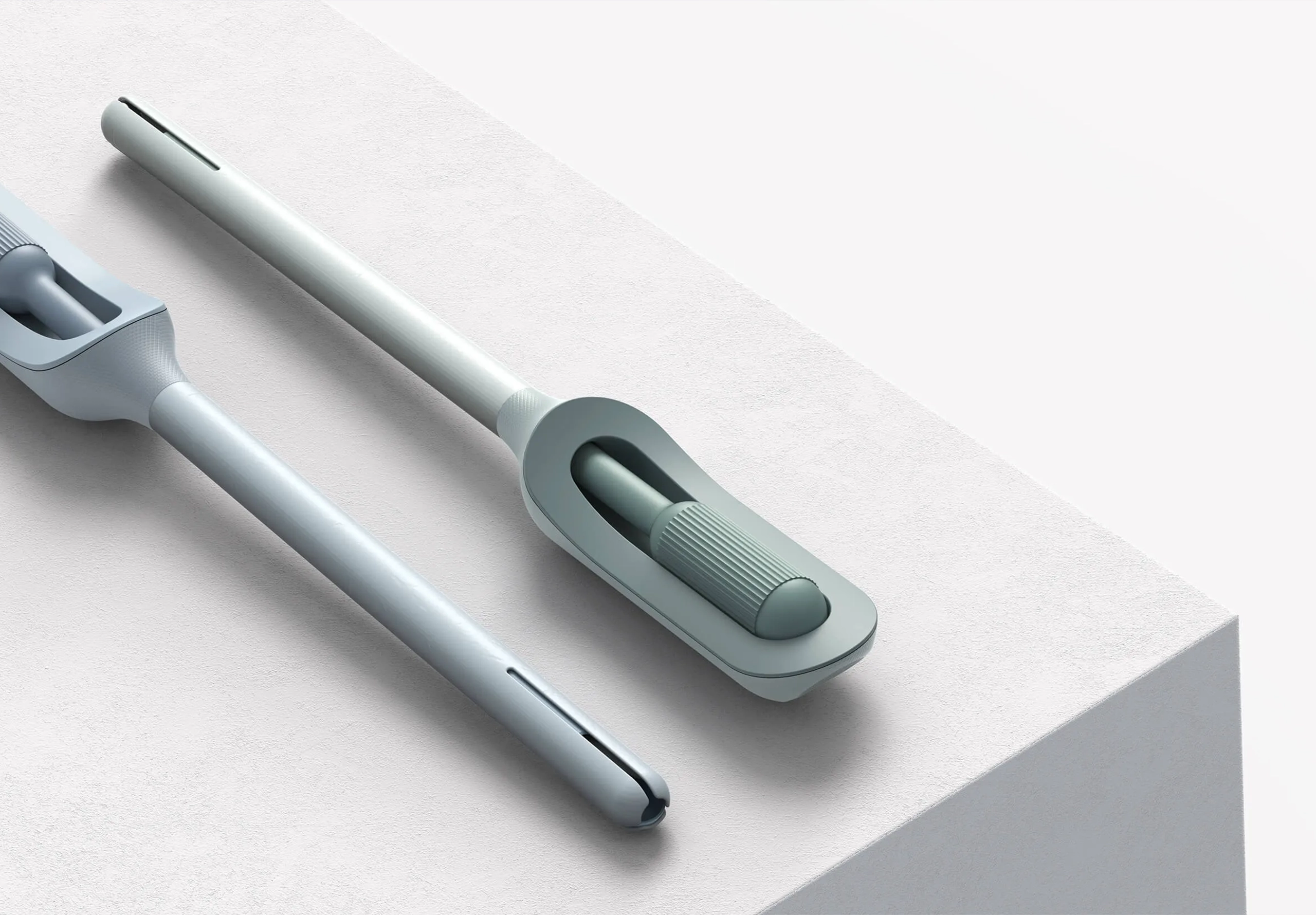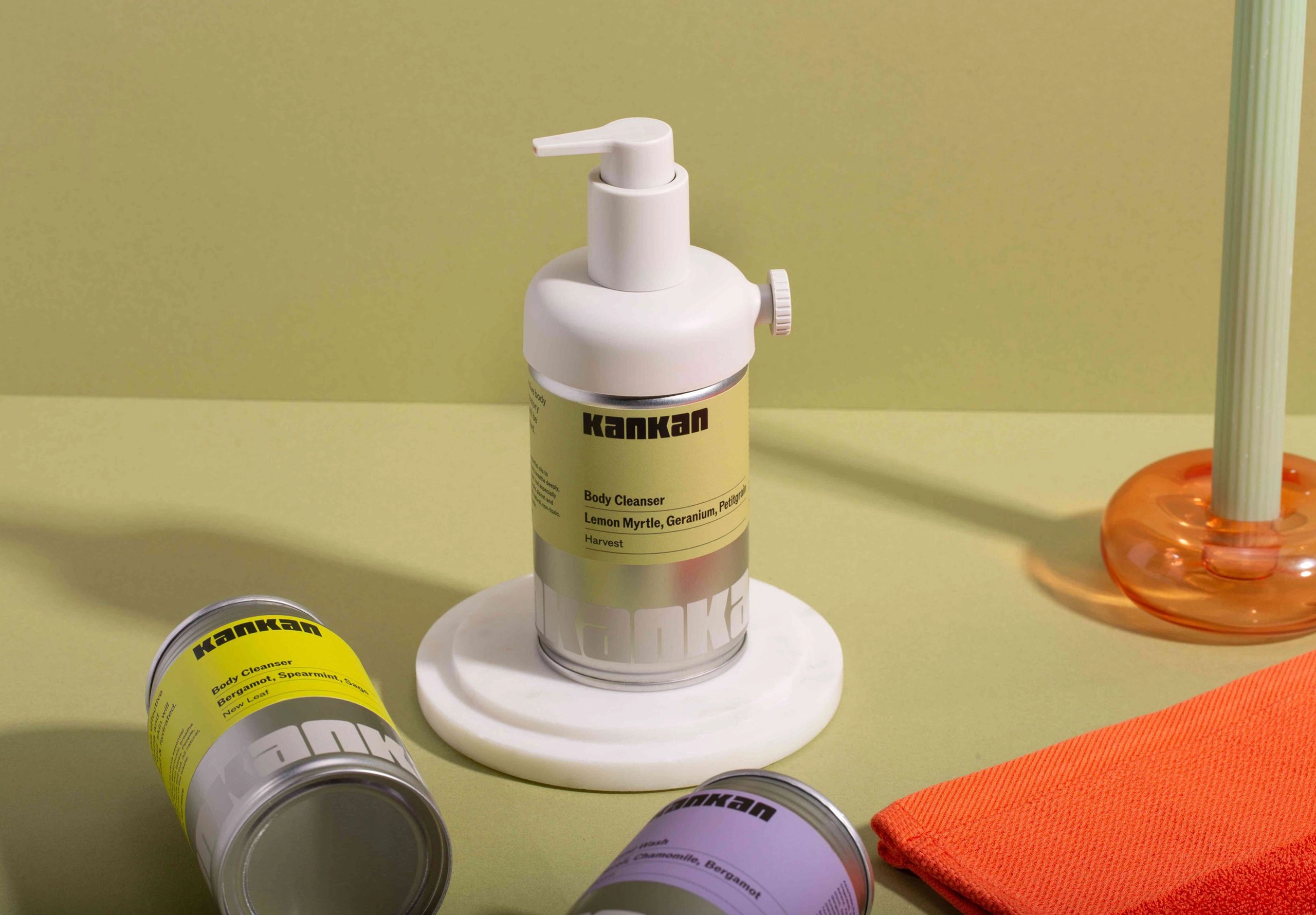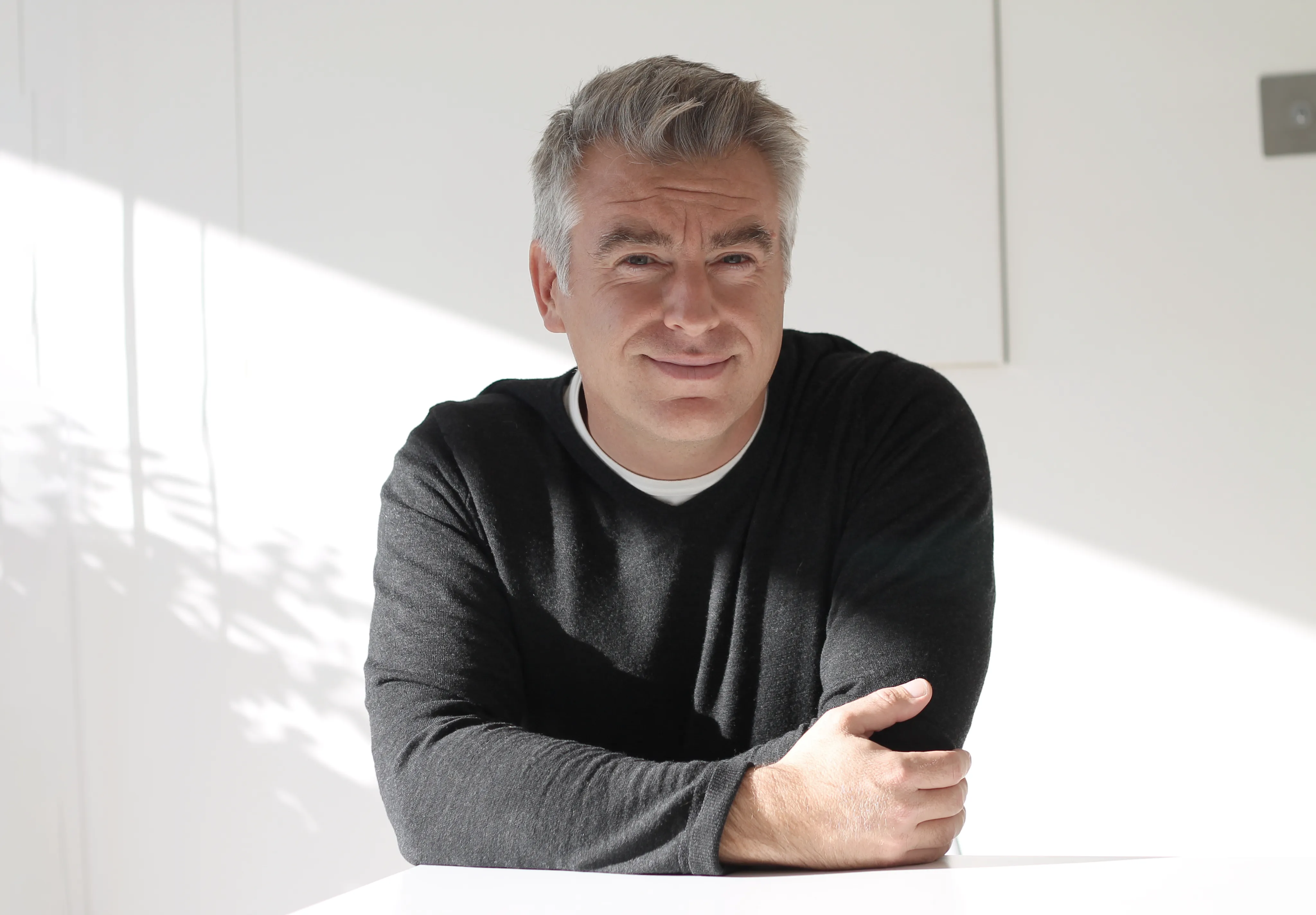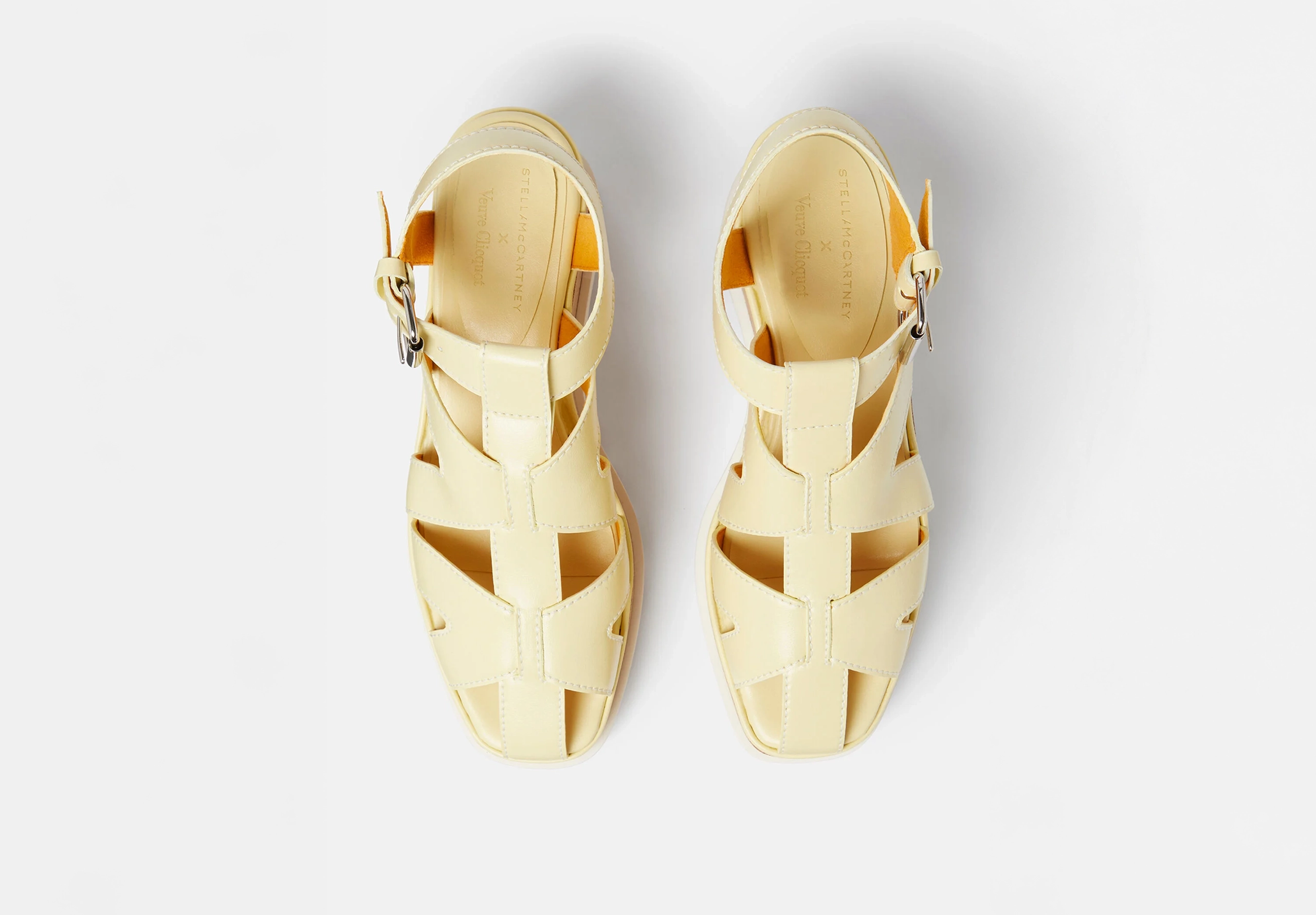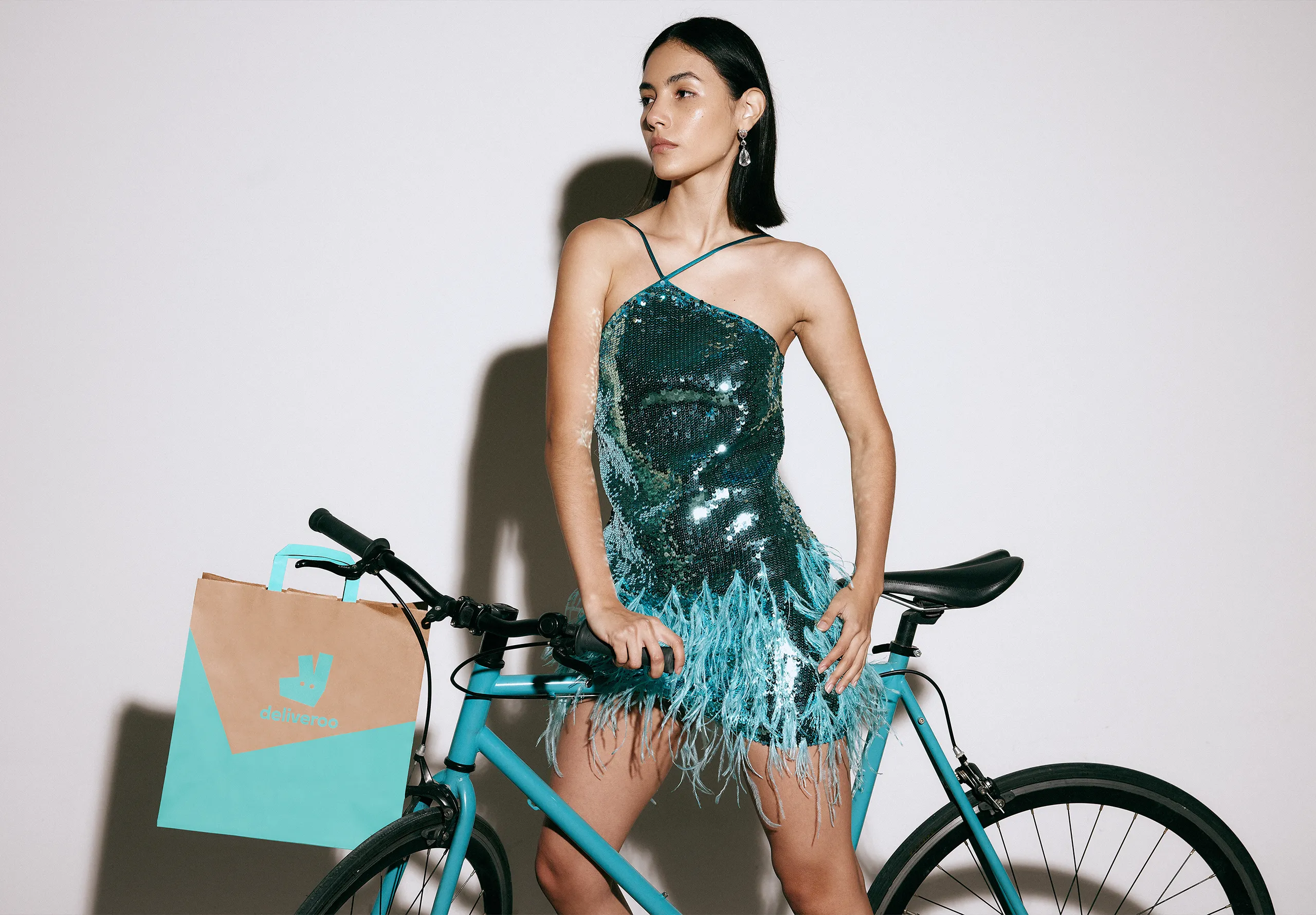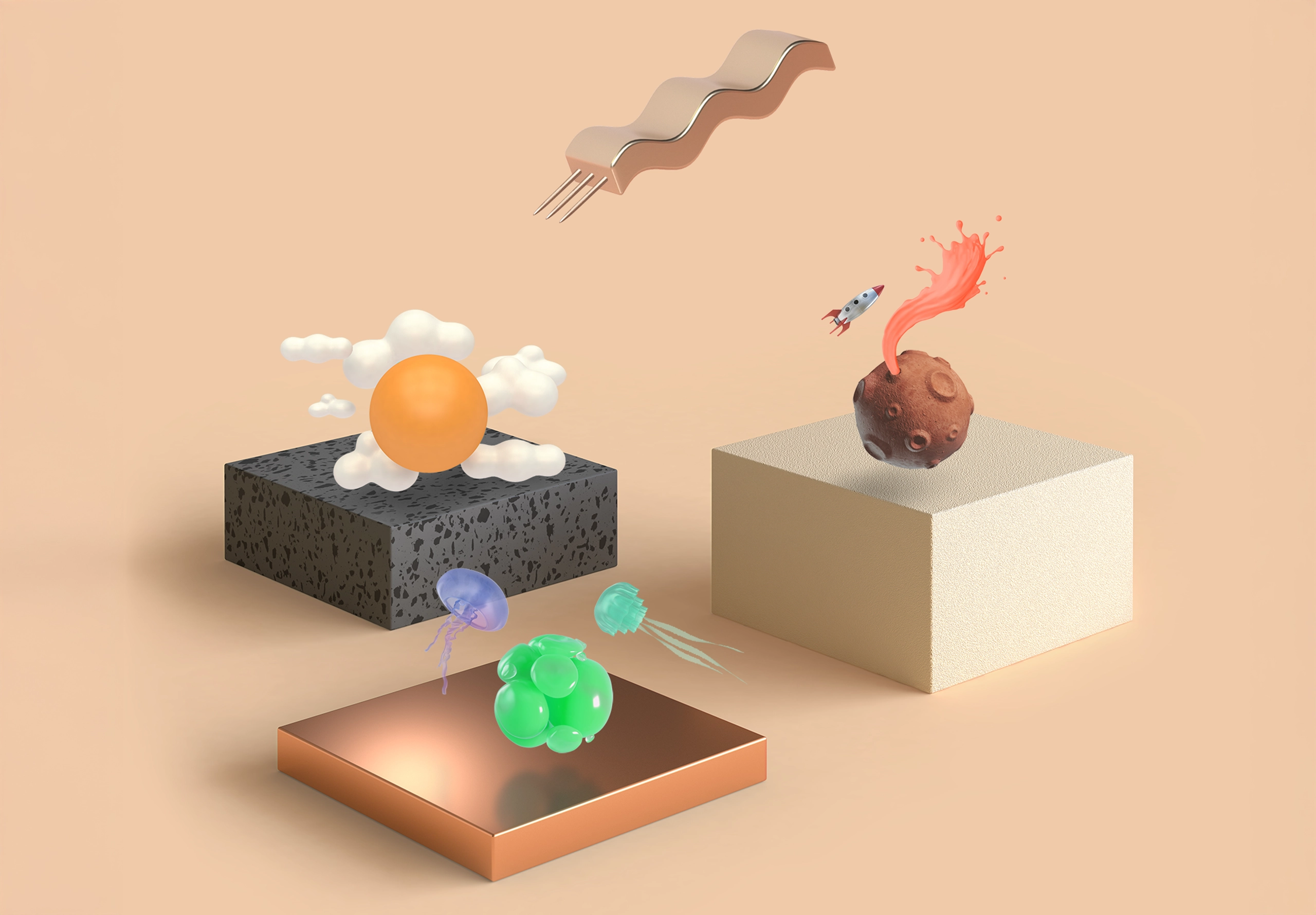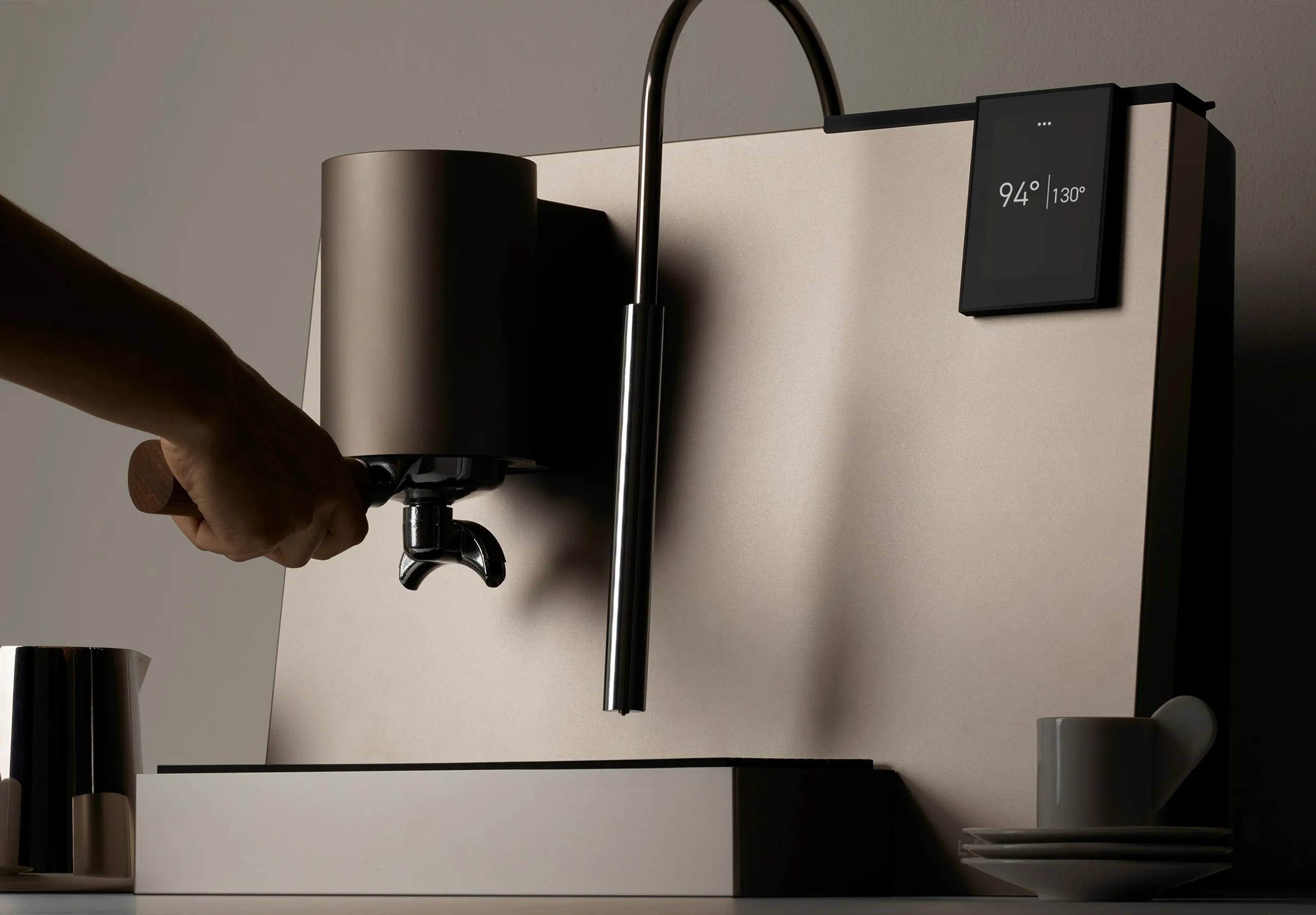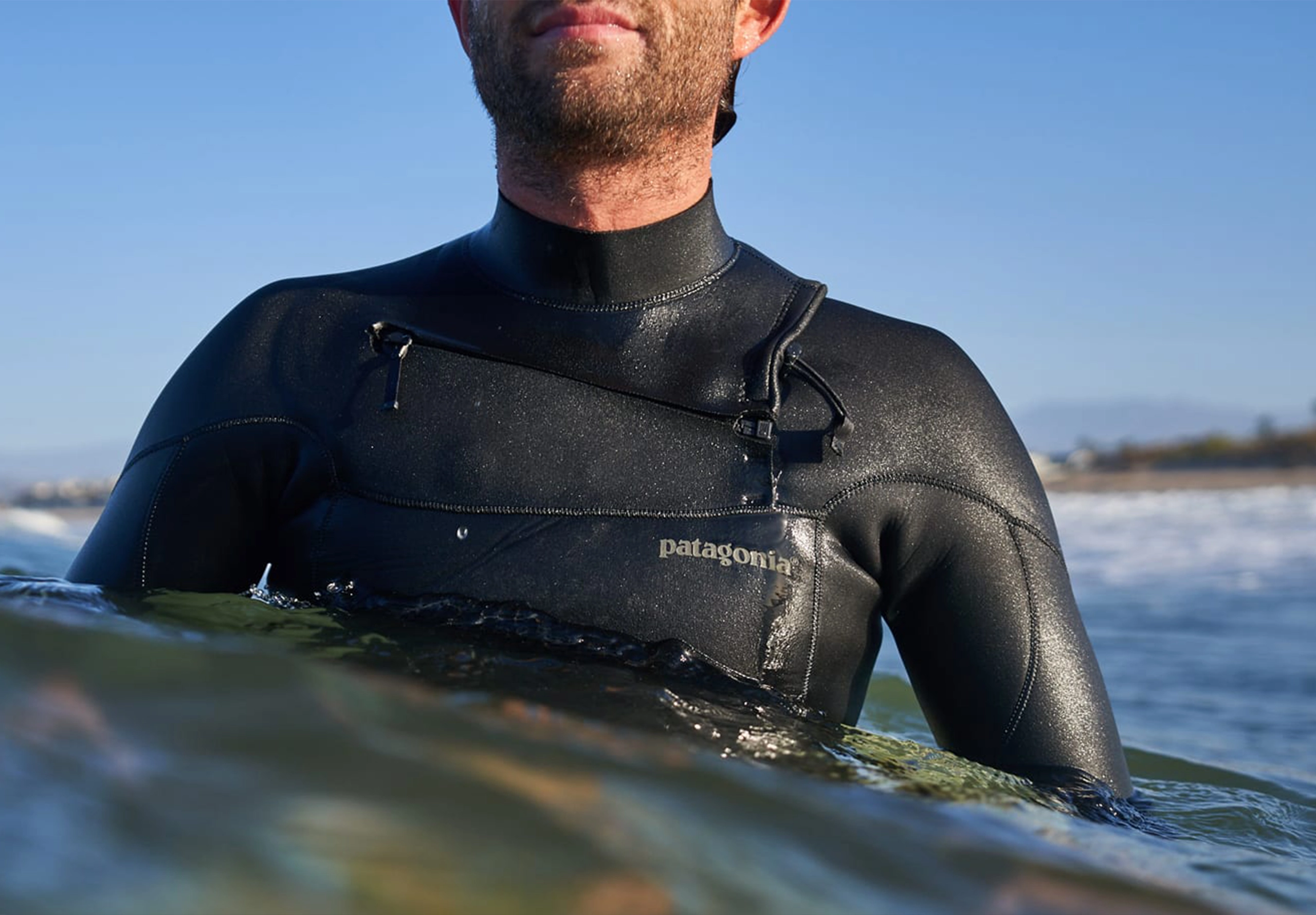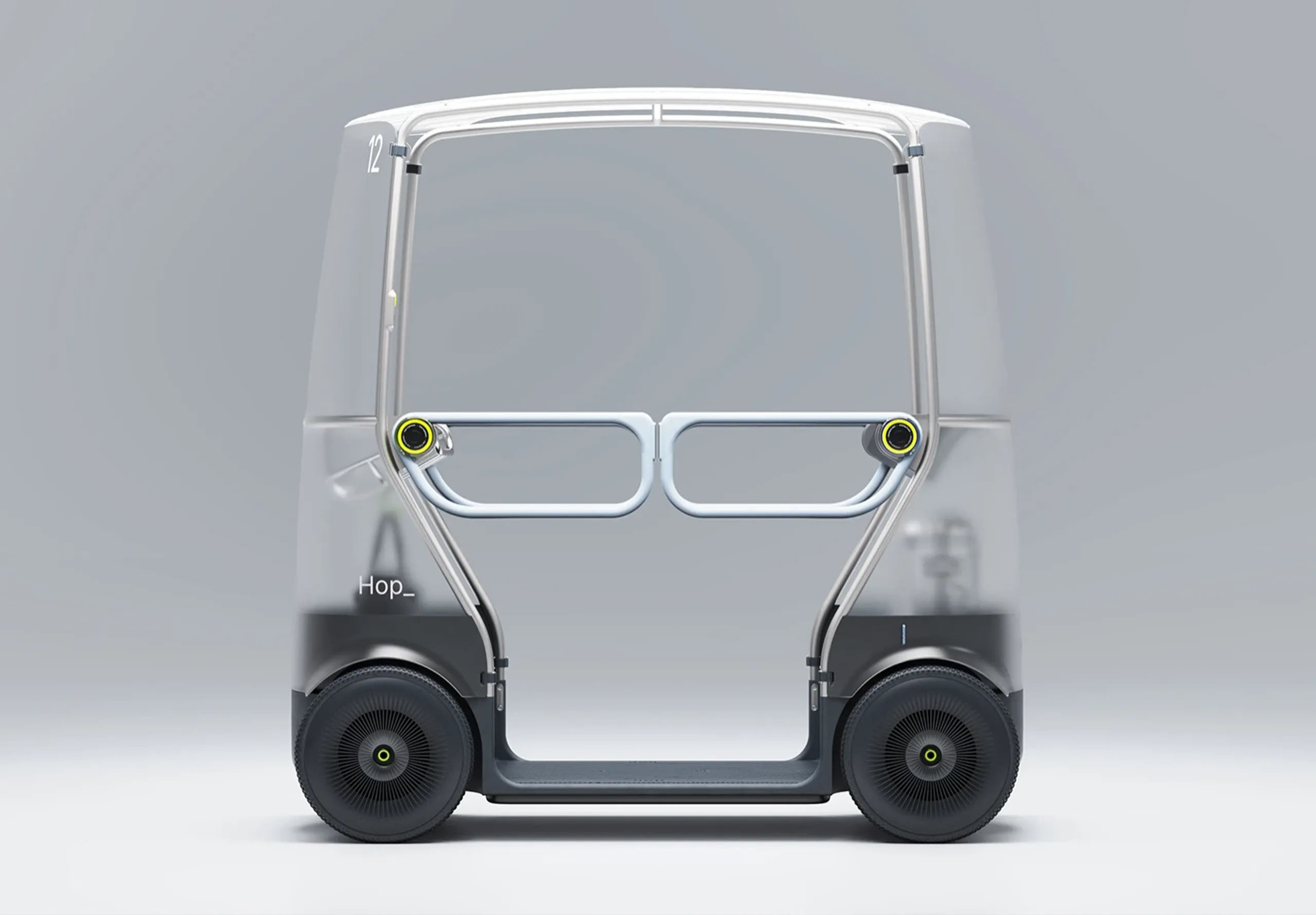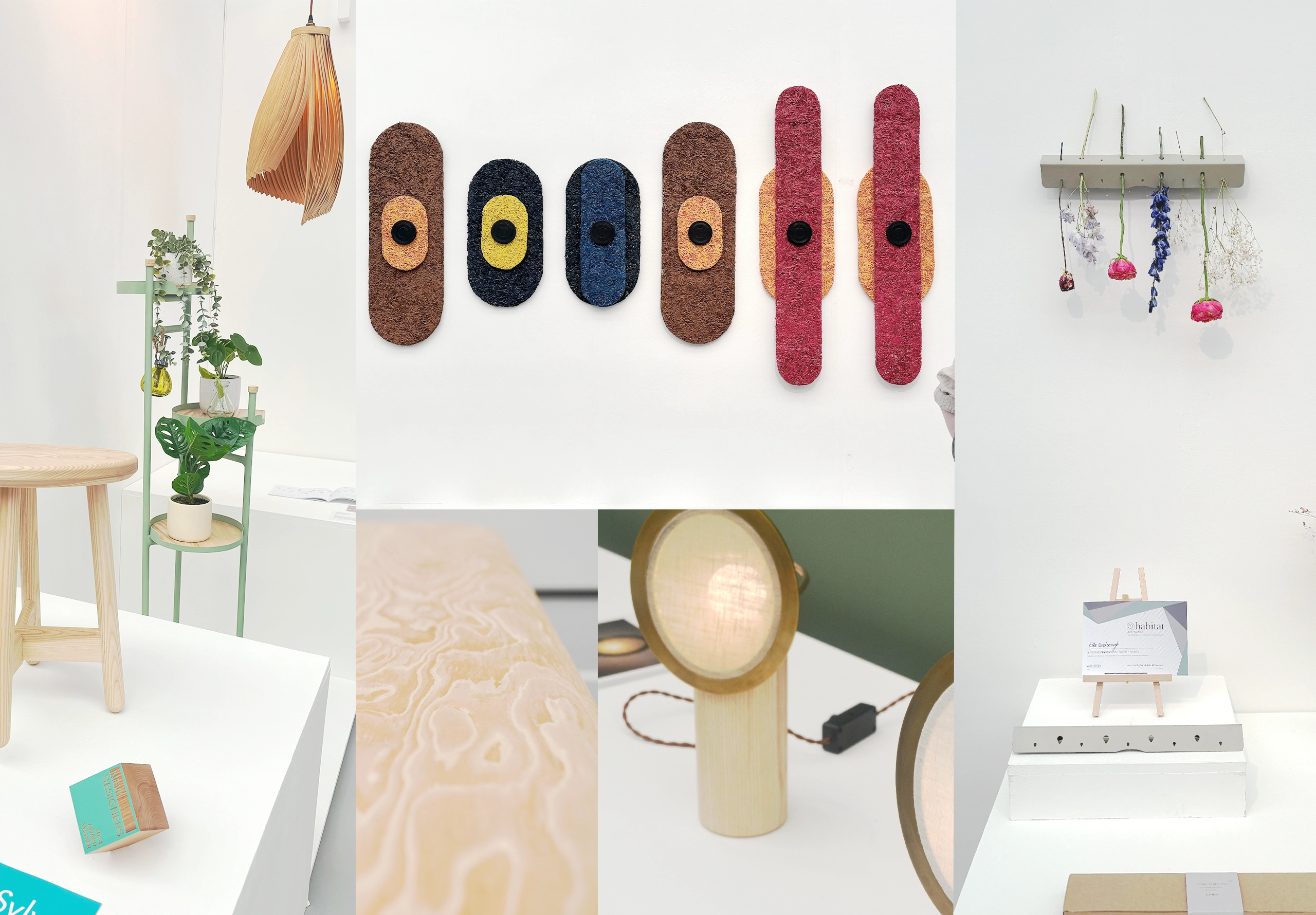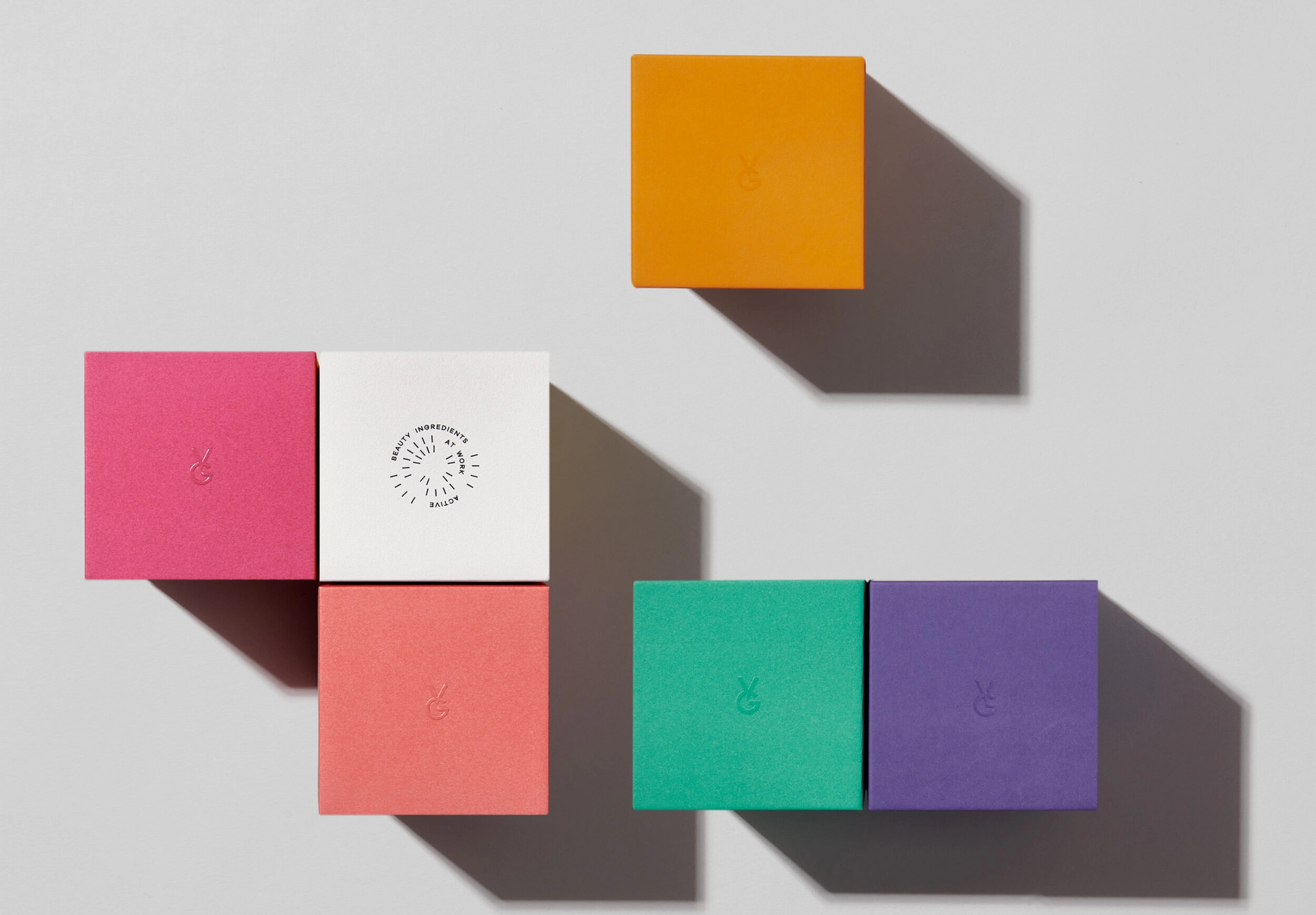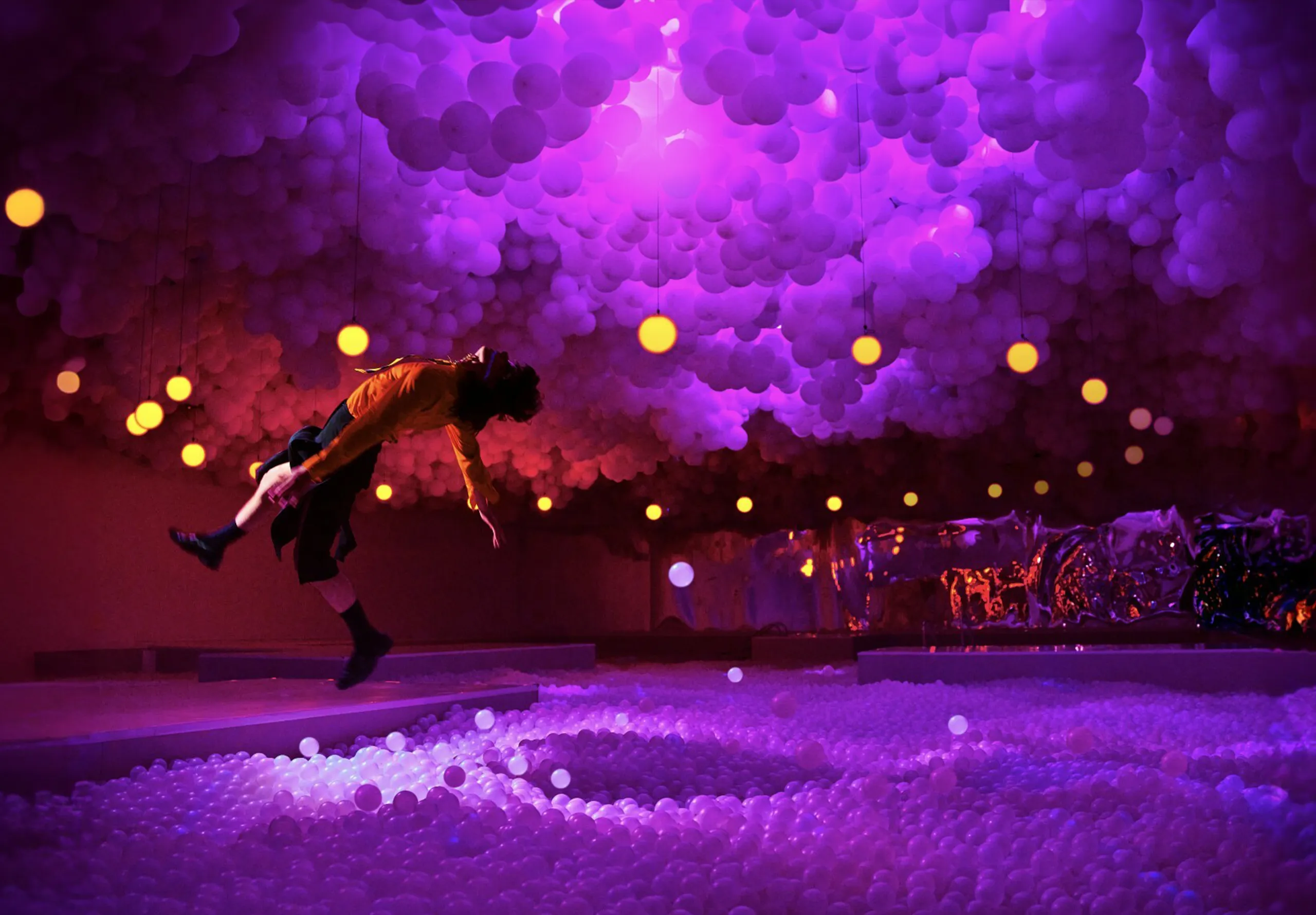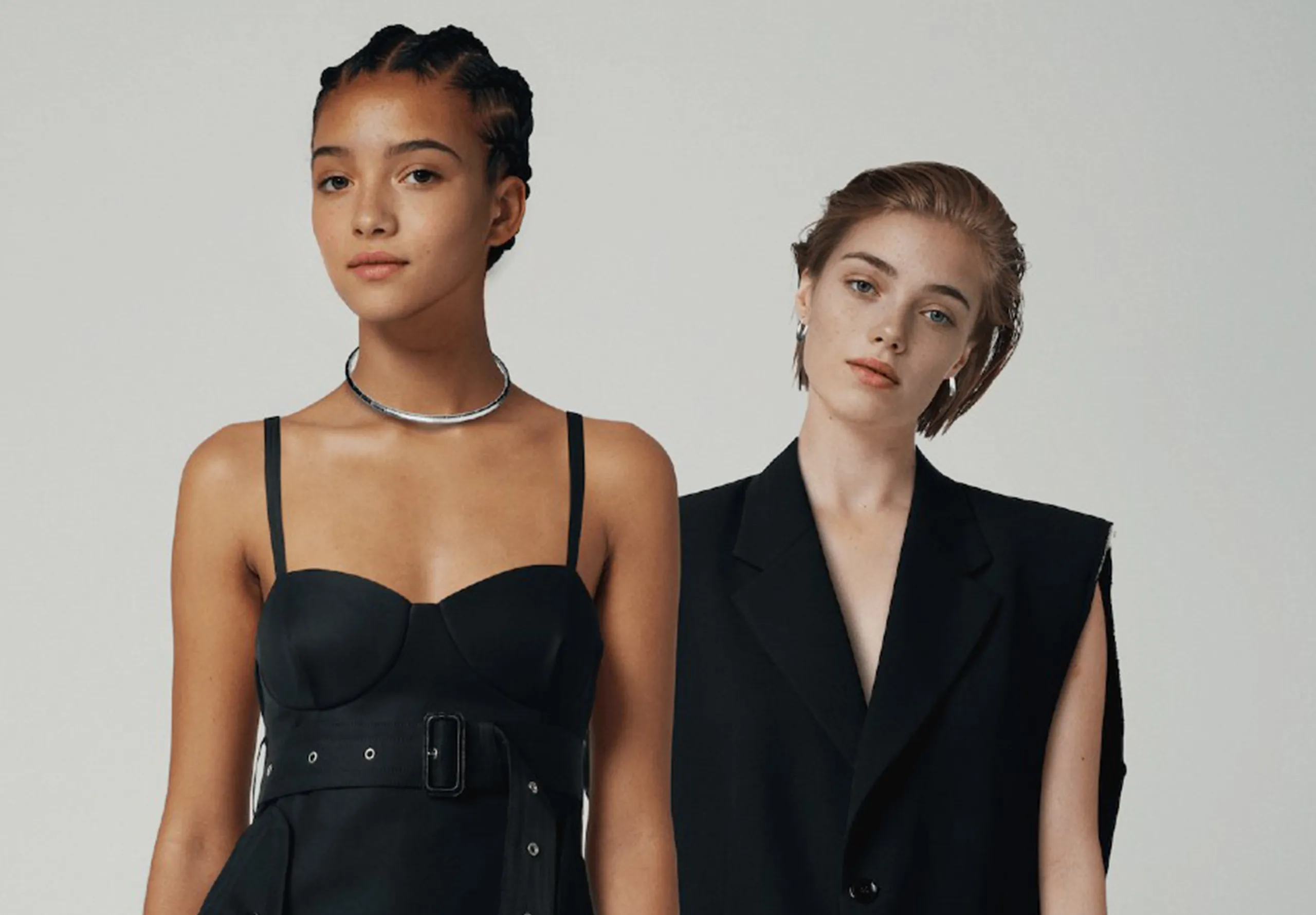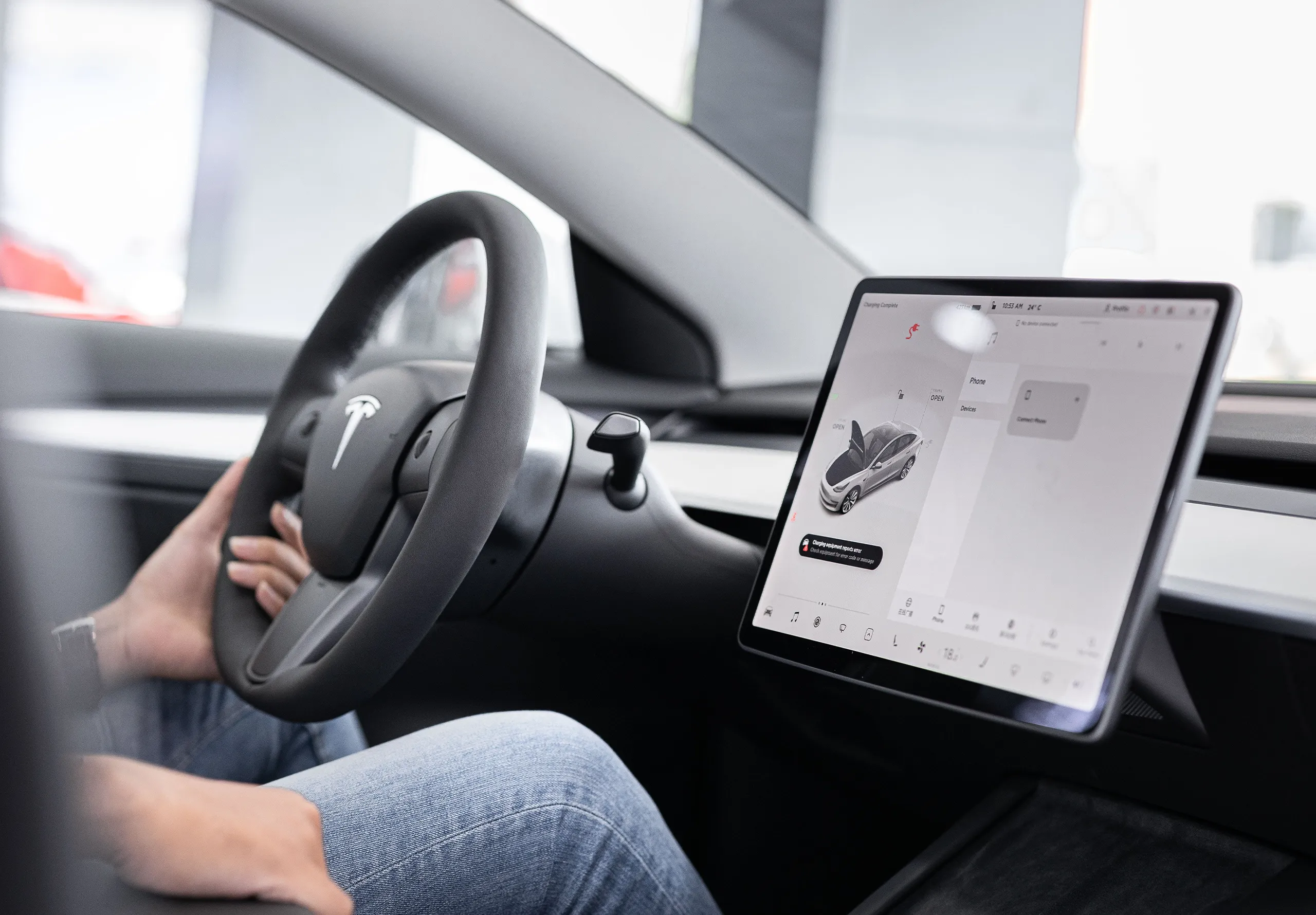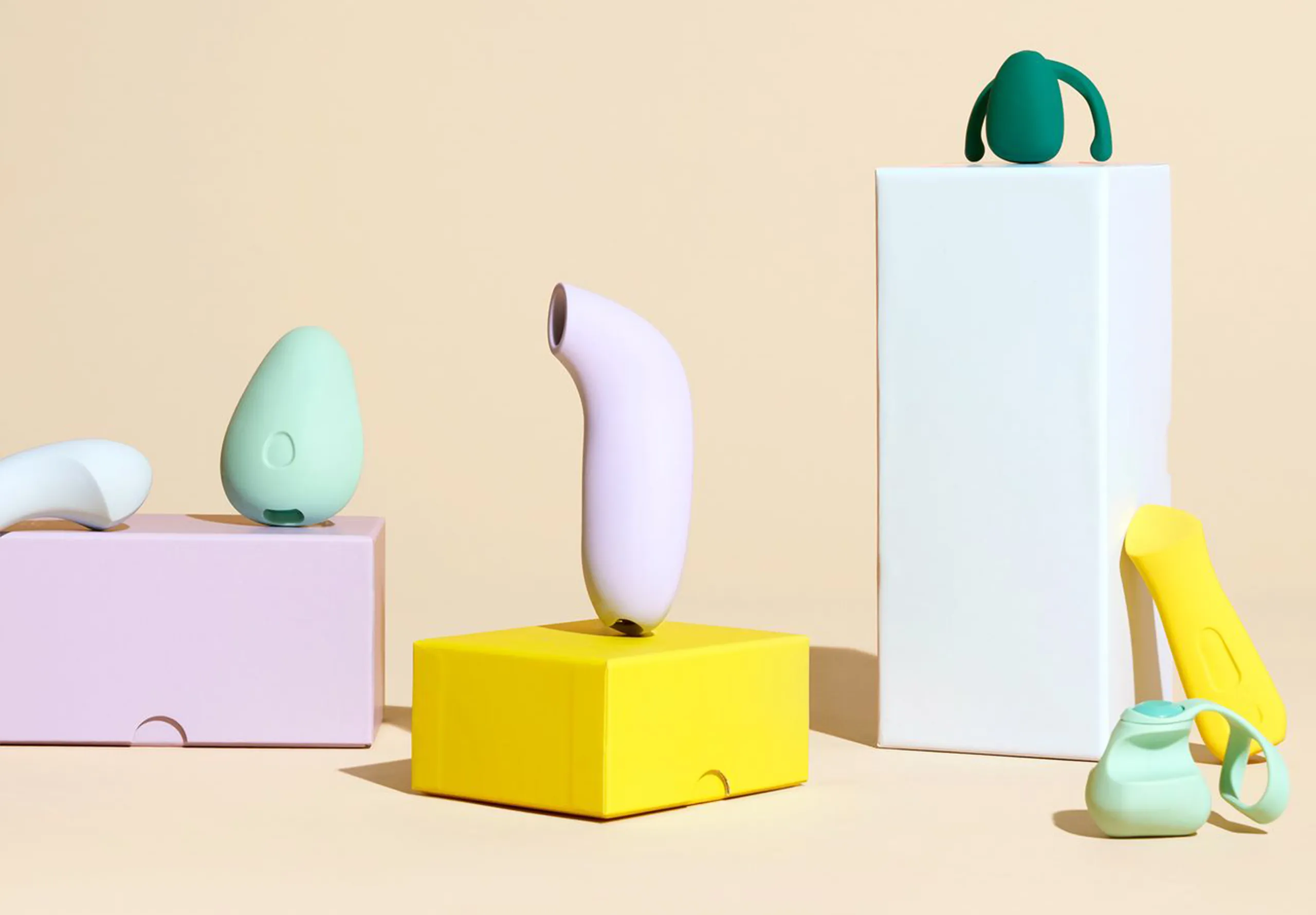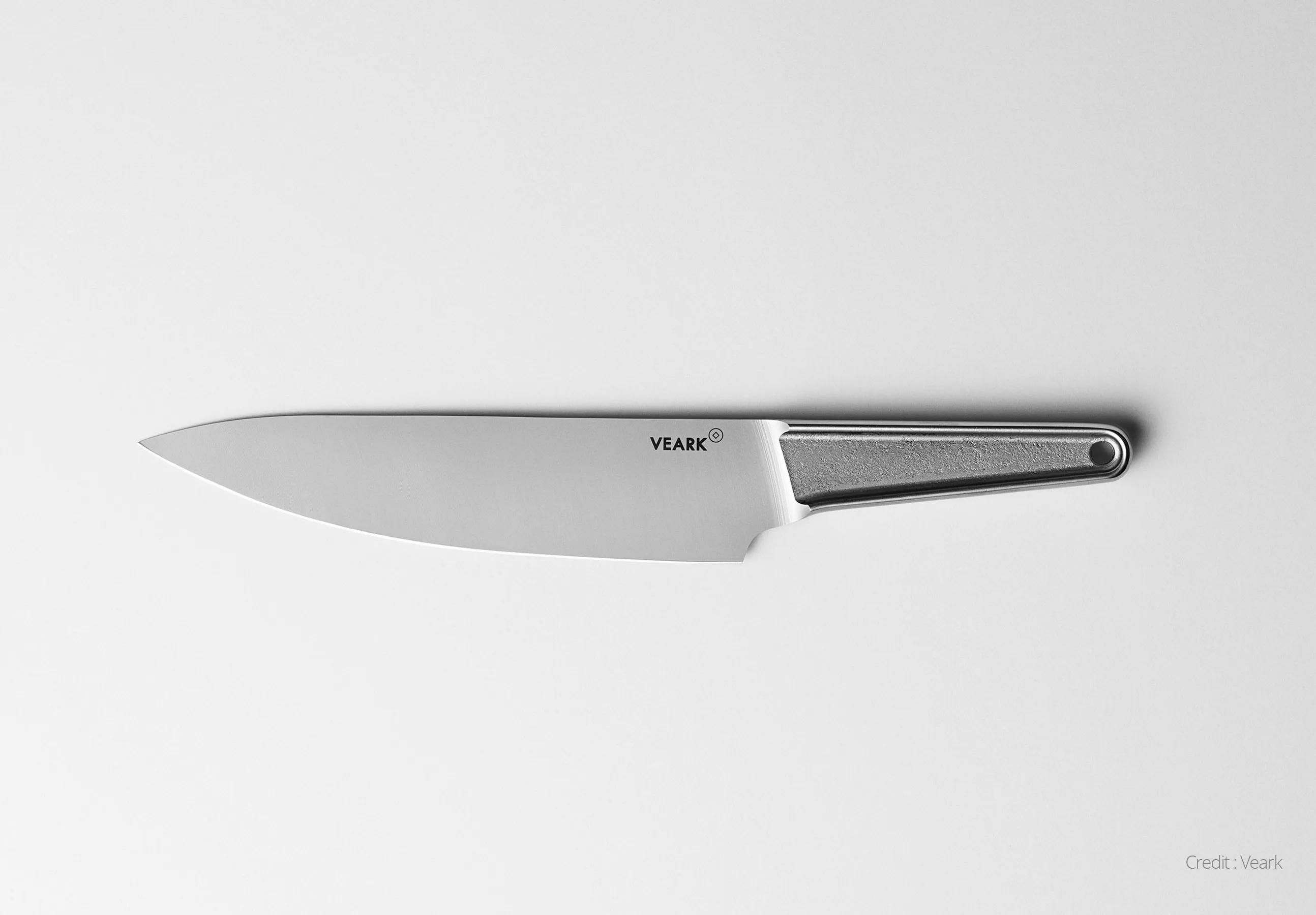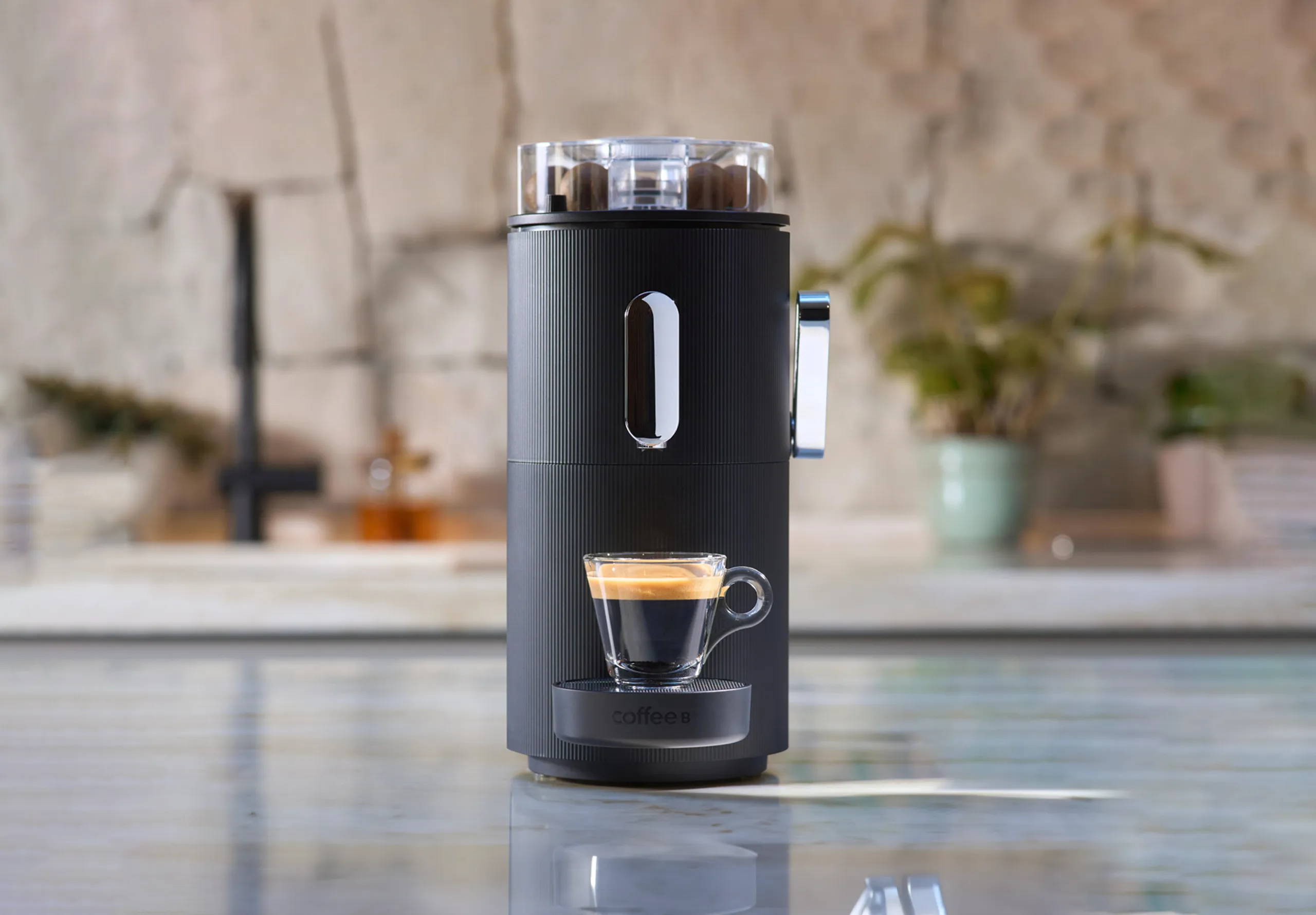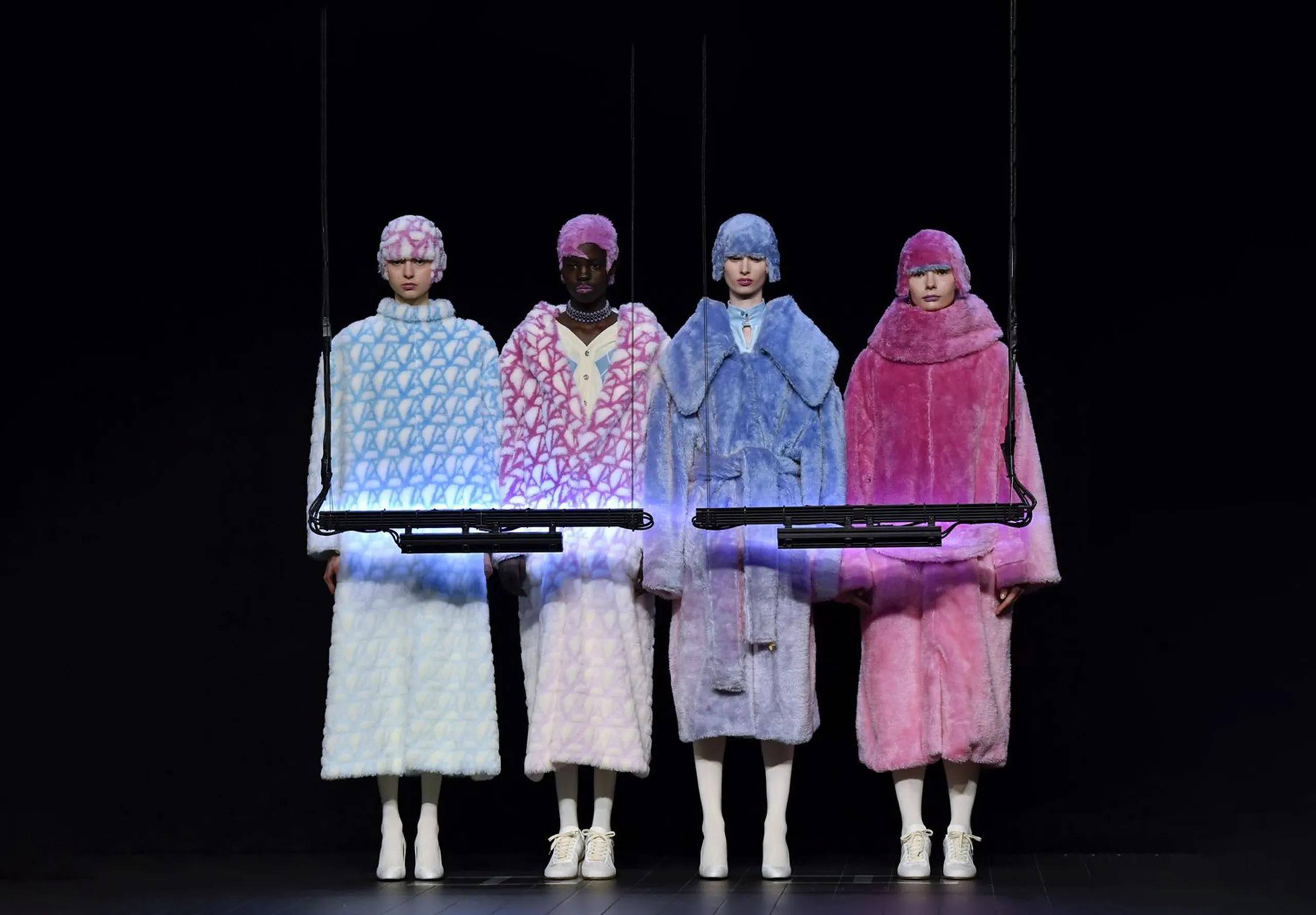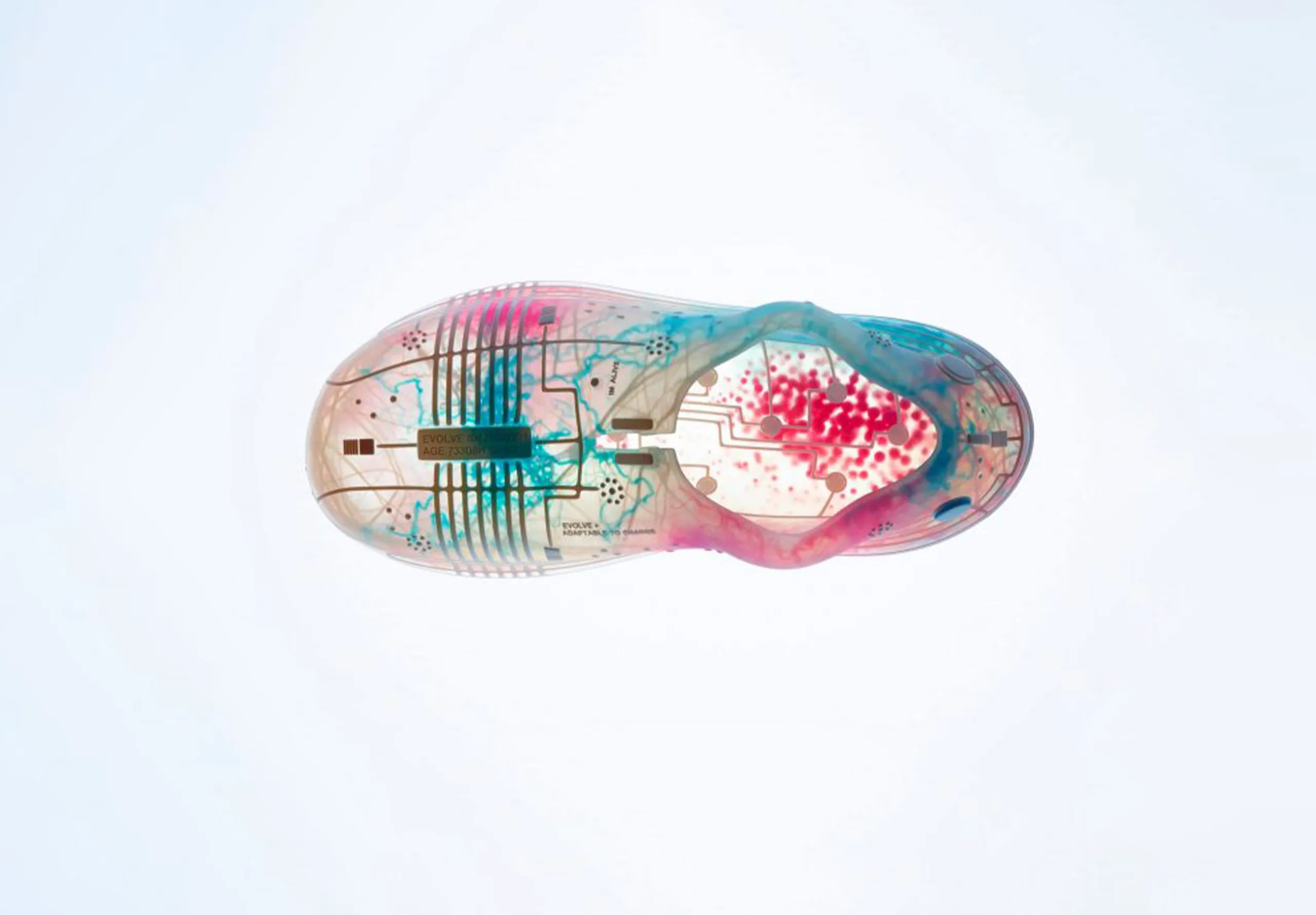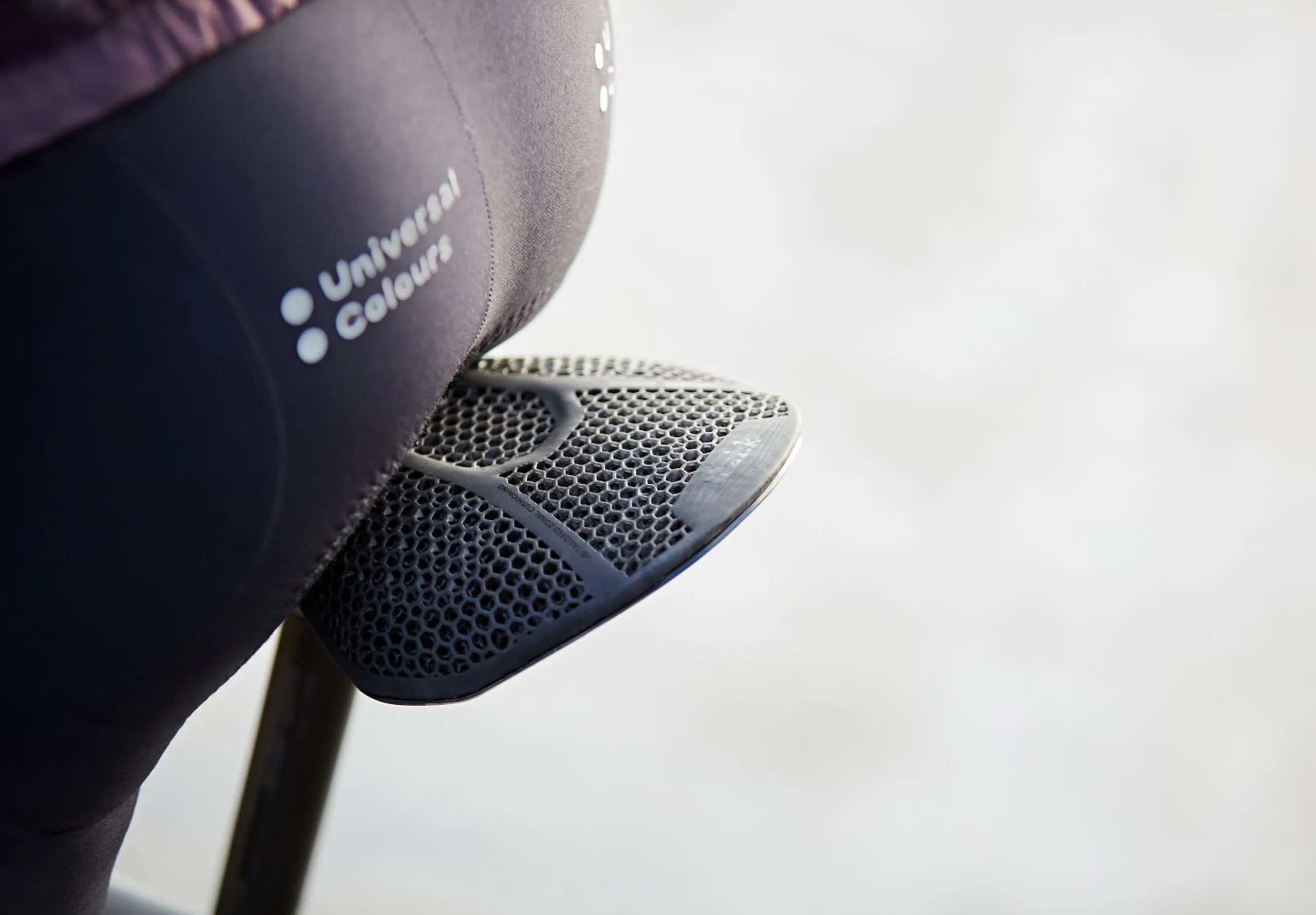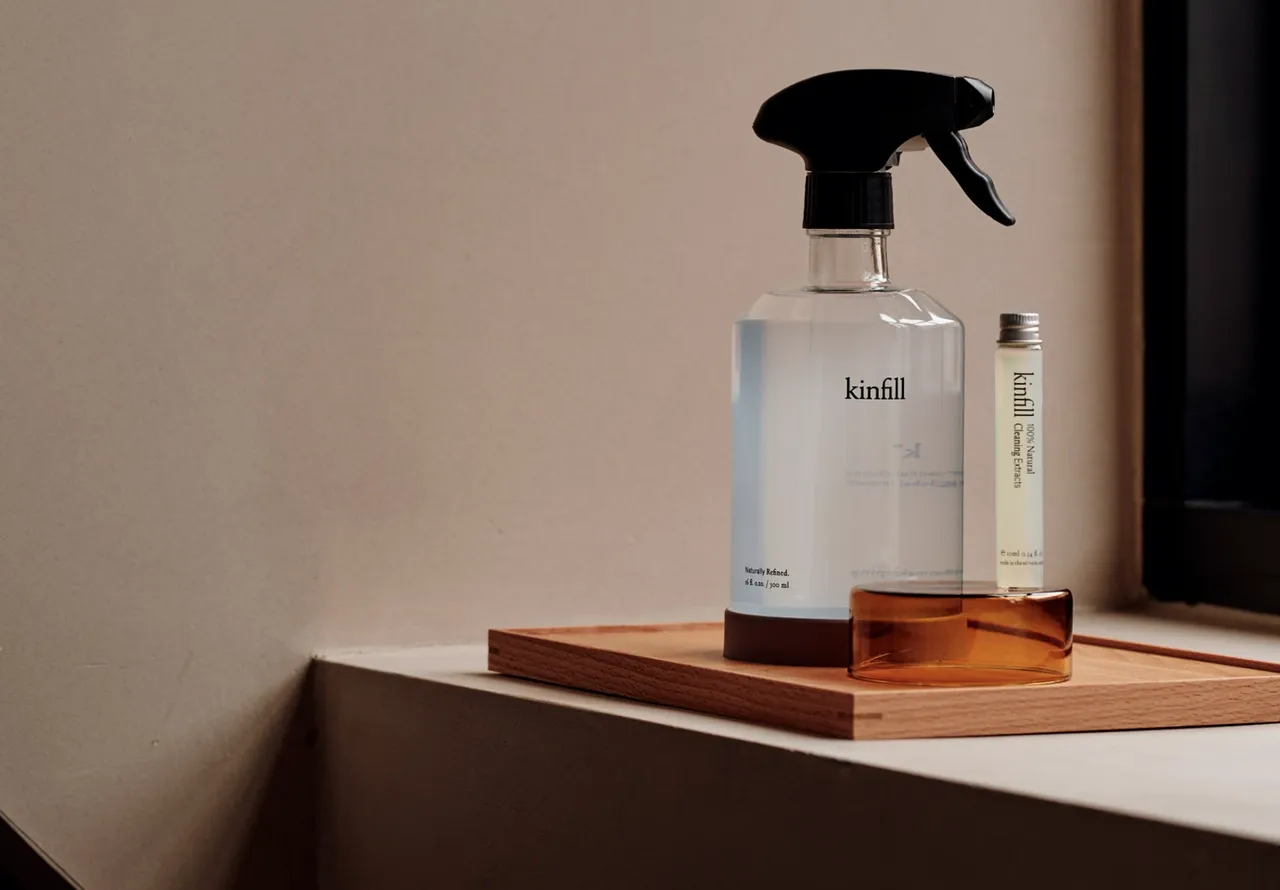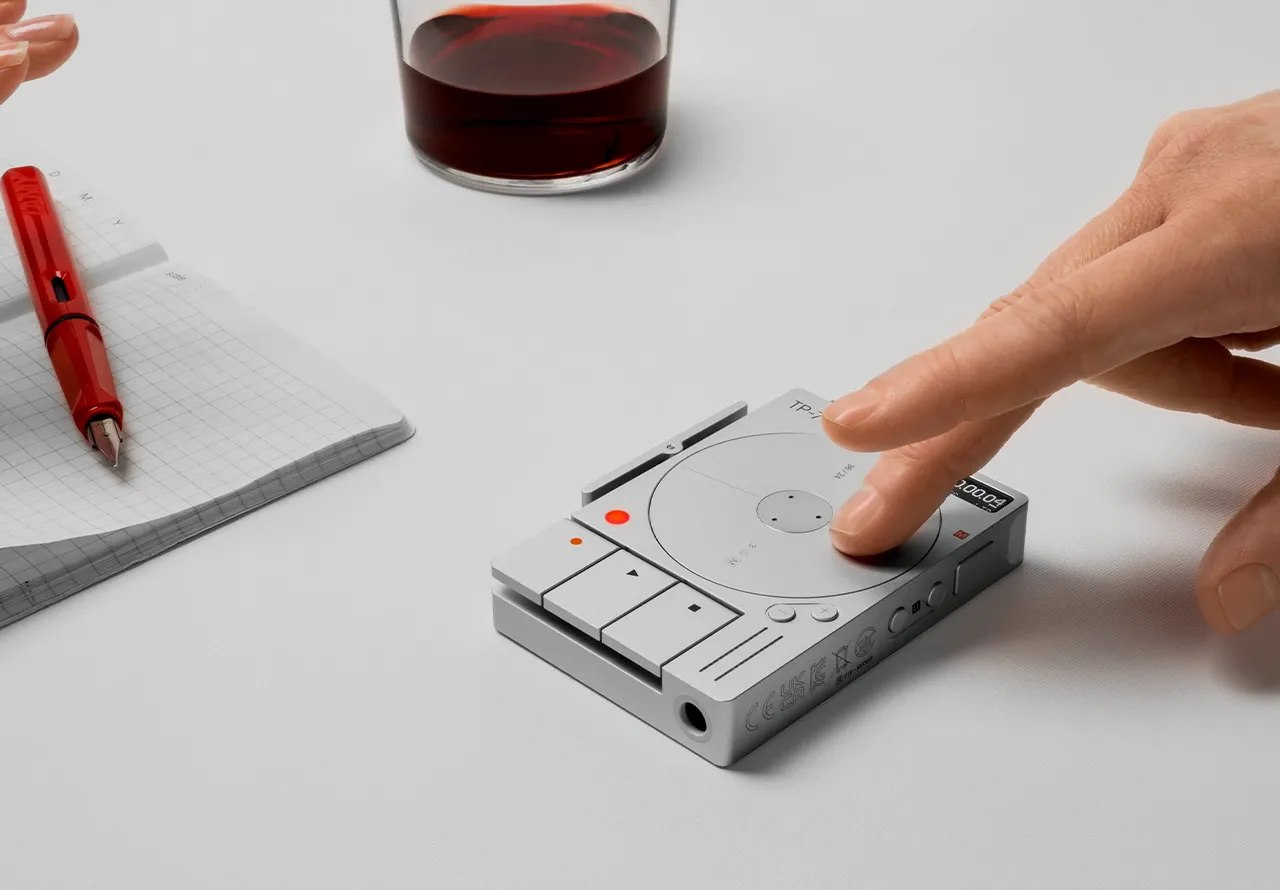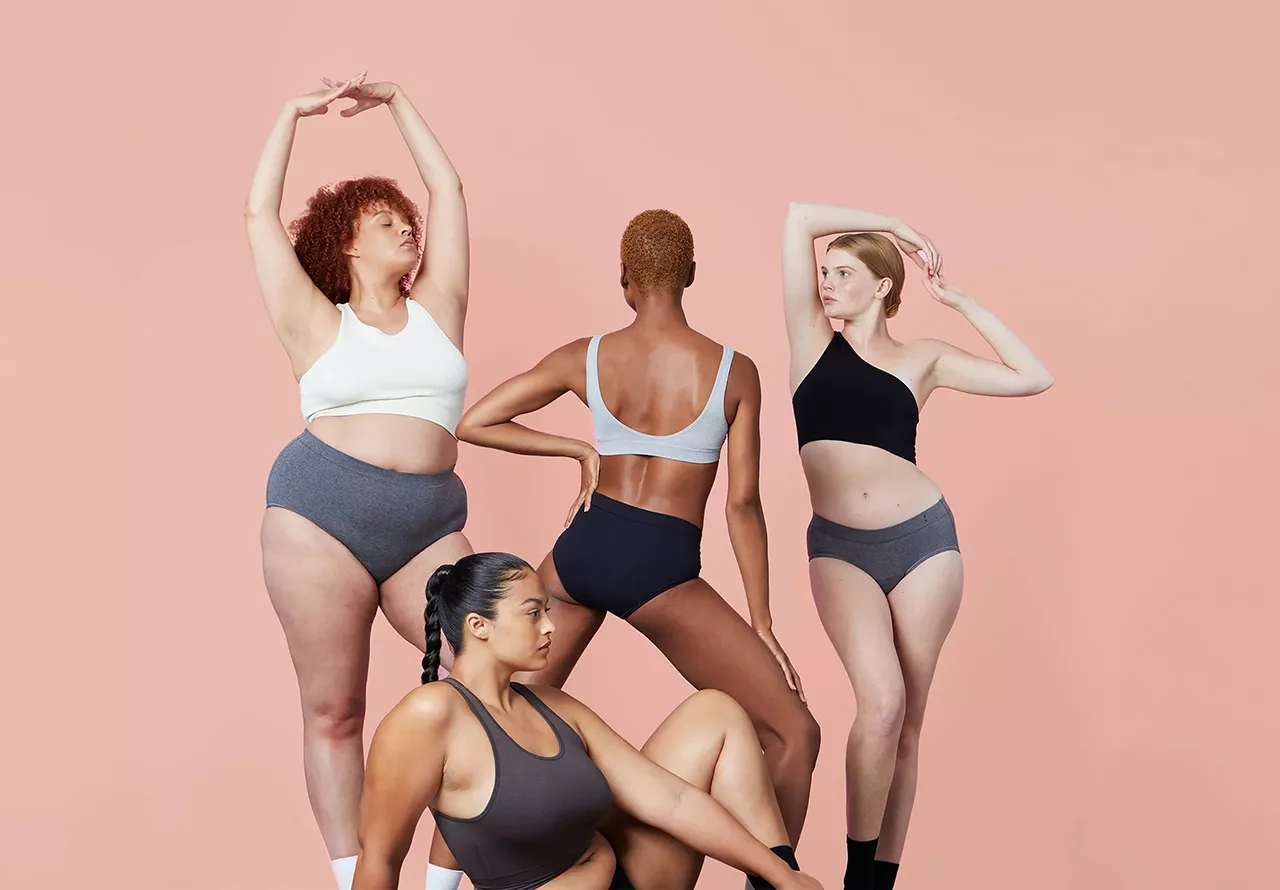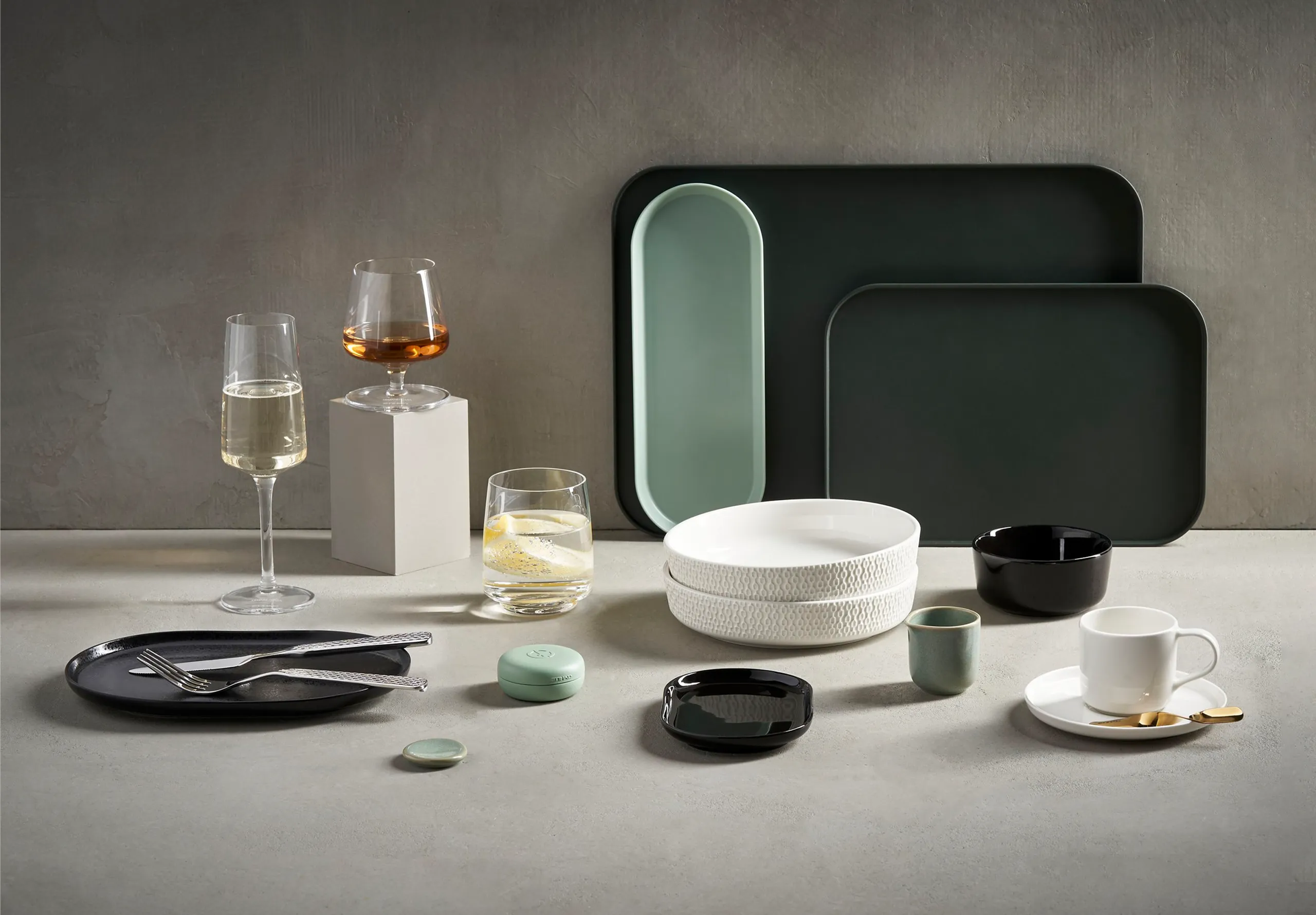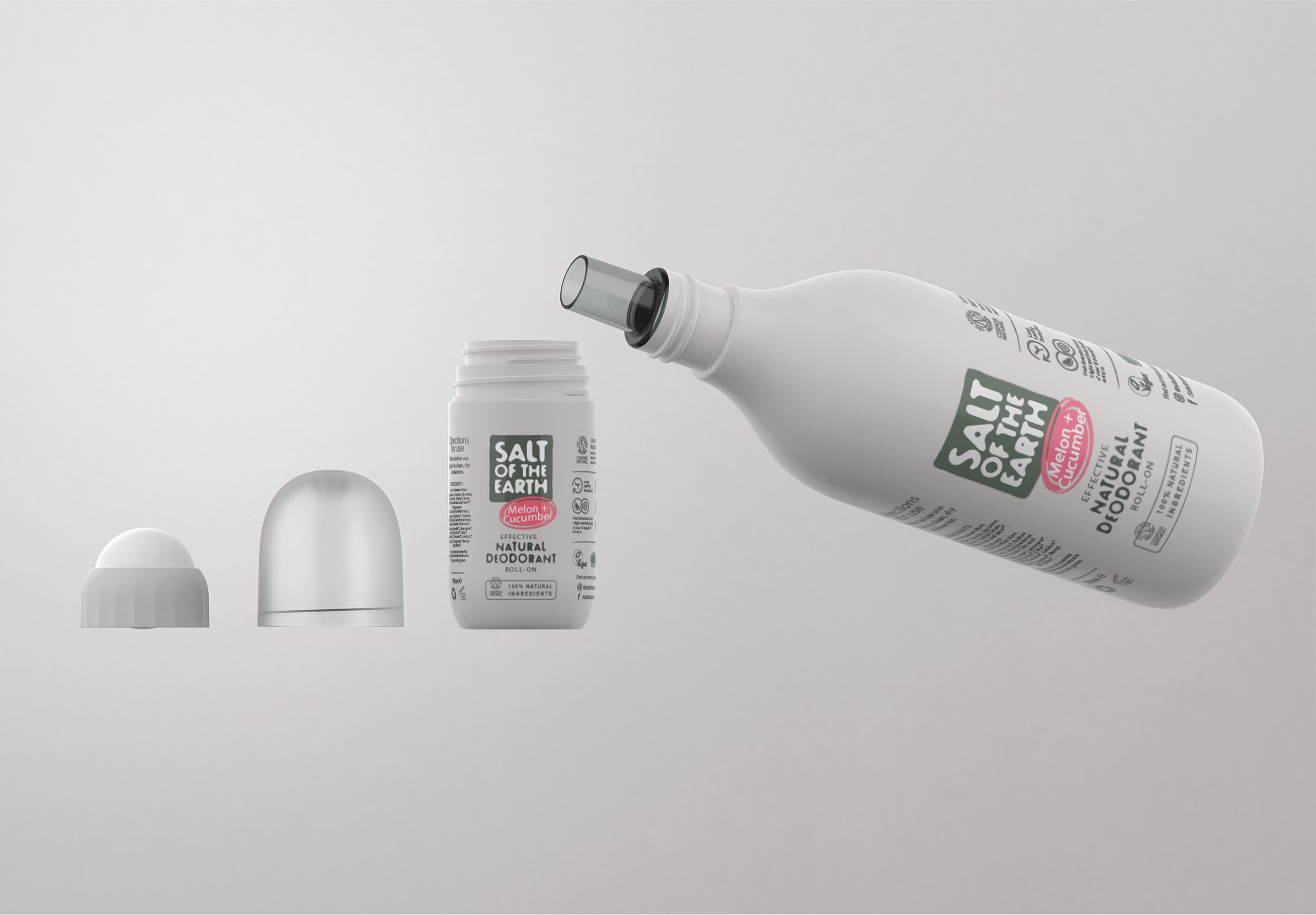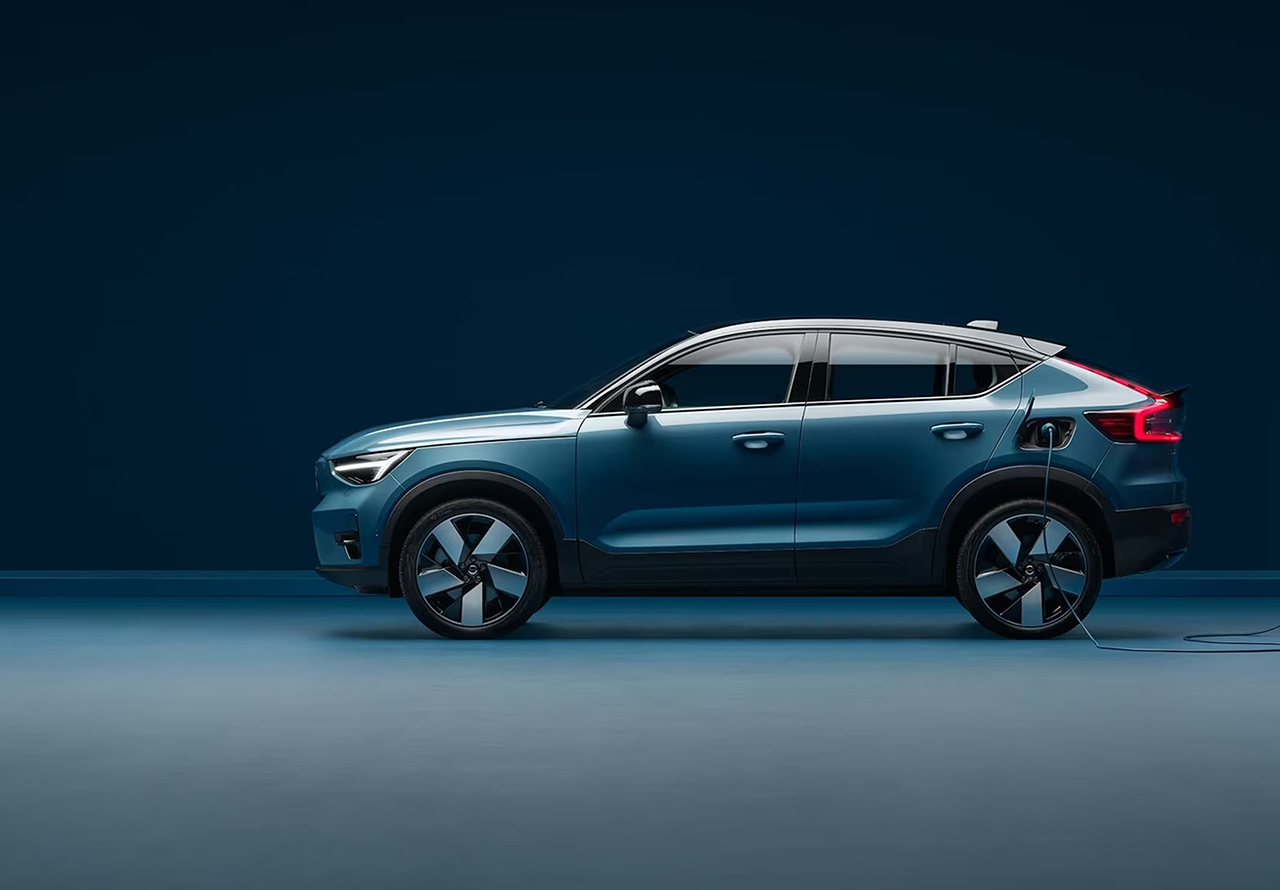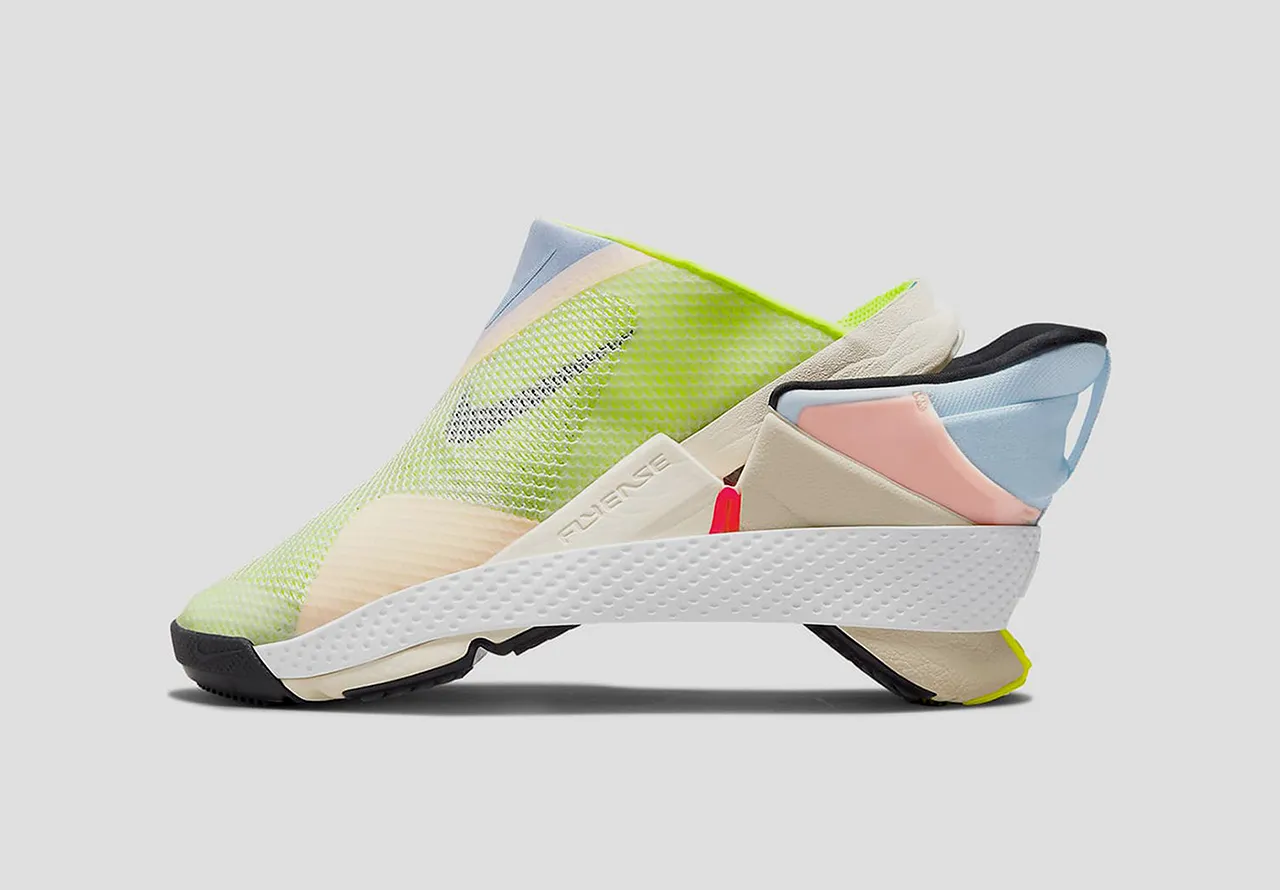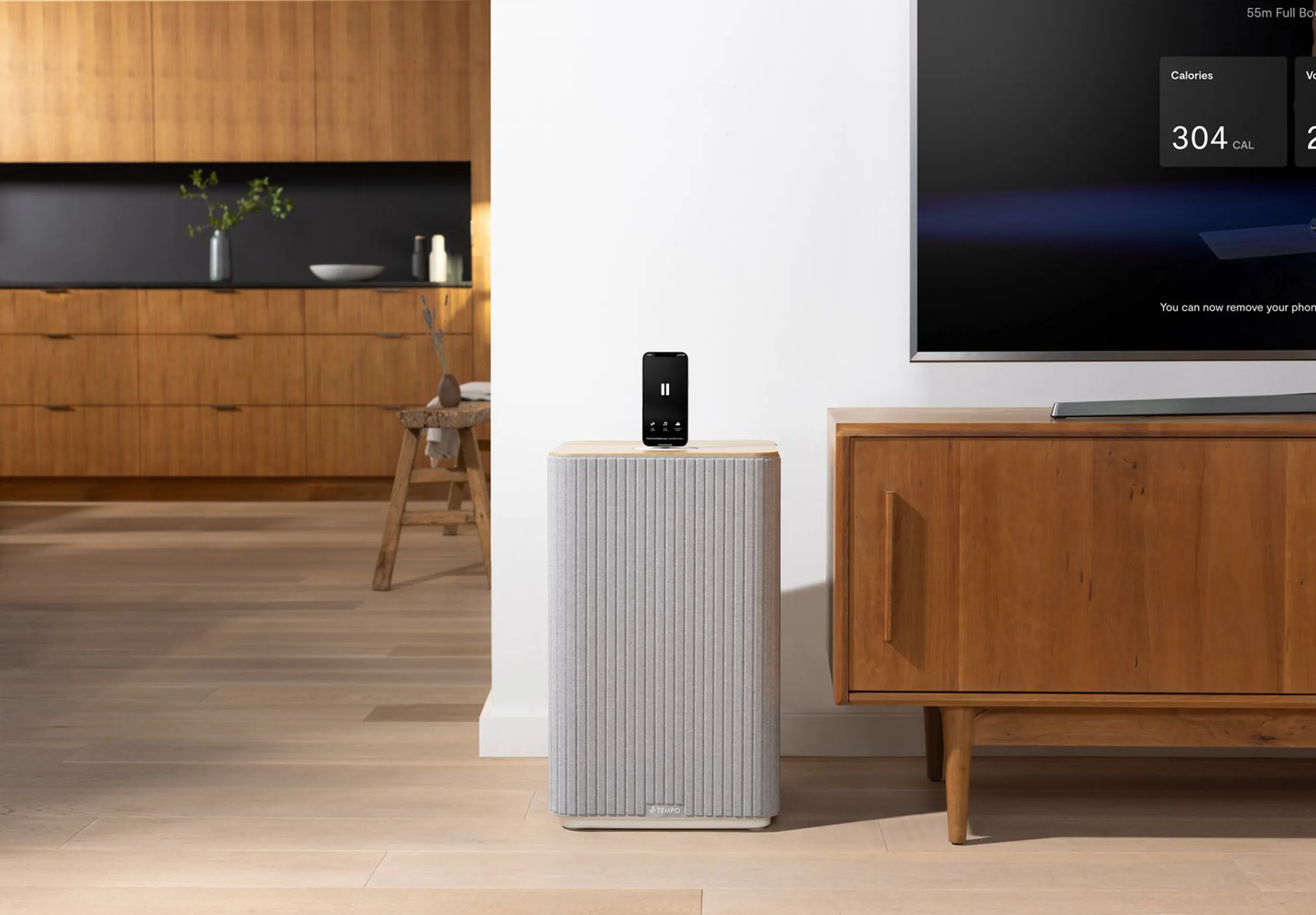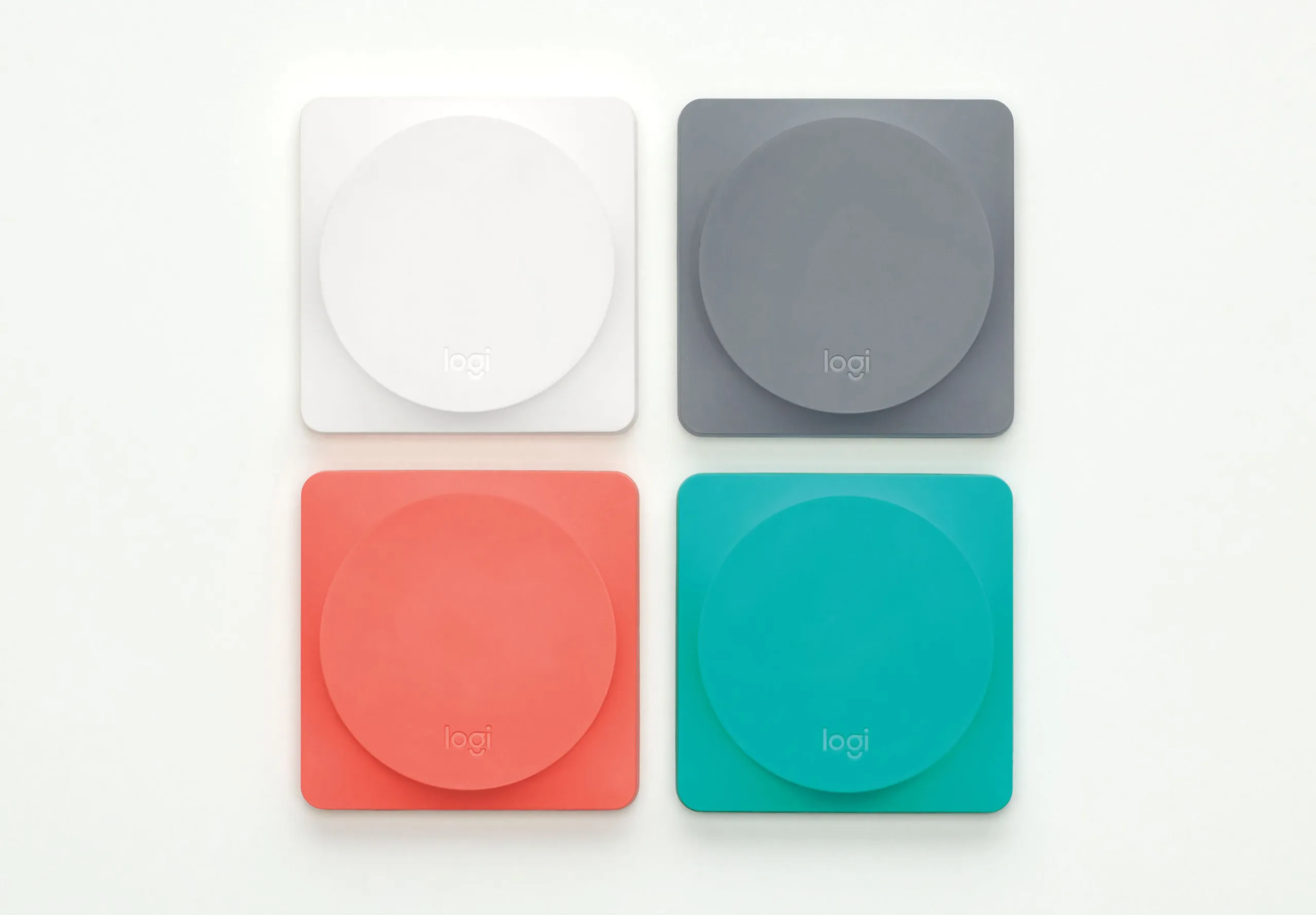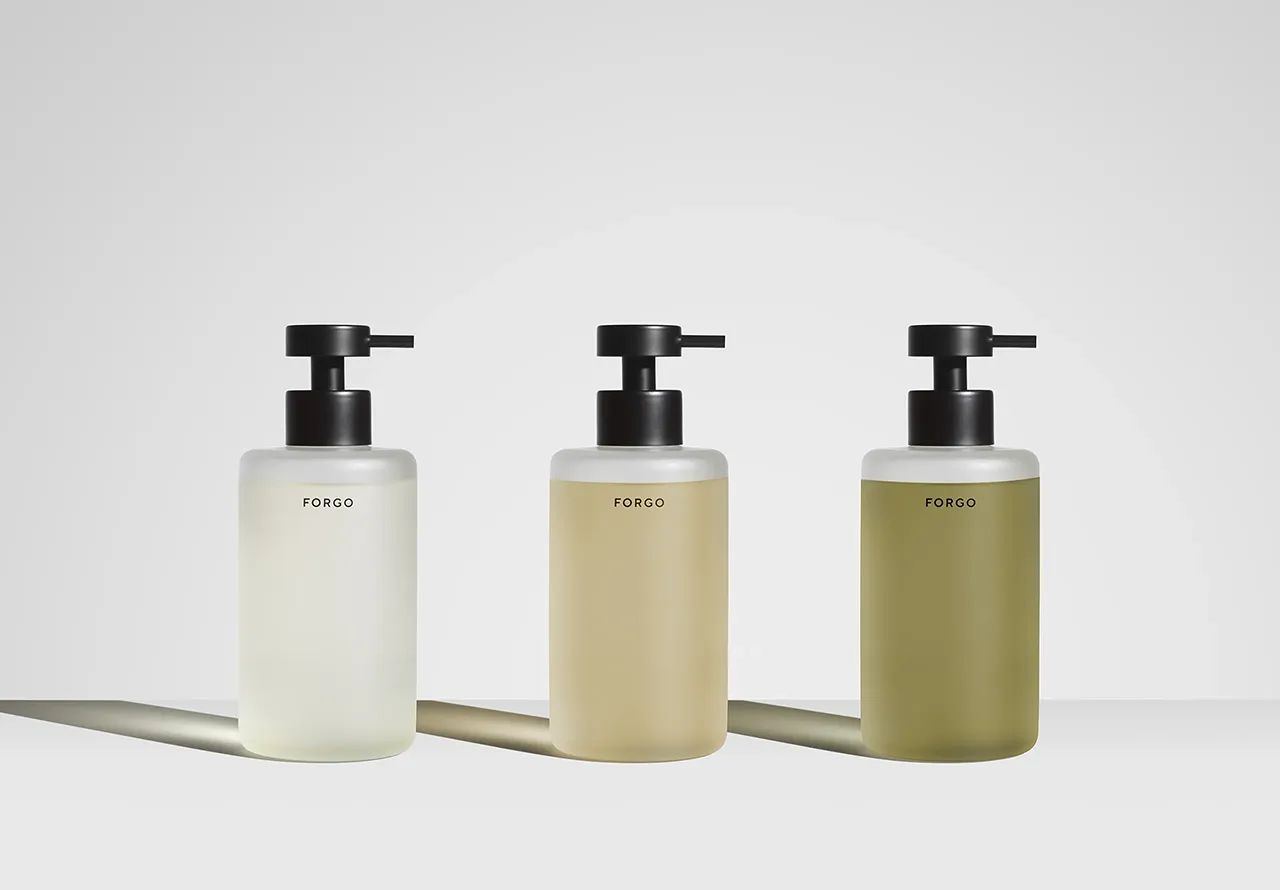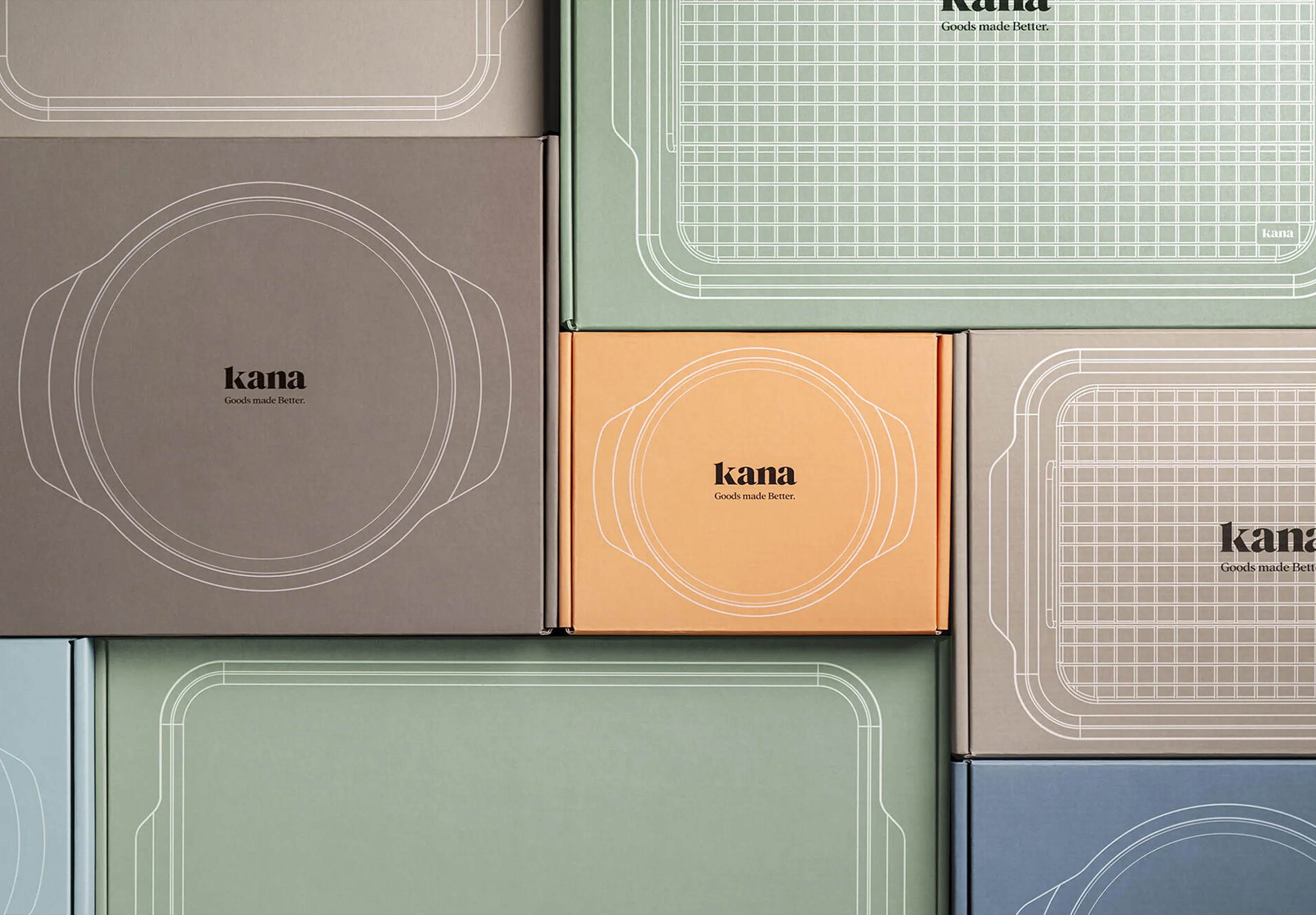CMF sits at the heart of brand.
In this piece, we explore why CMF has shifted upstream to become a key driver of desirability and which brands are leading the way.
Short on time? Use these links
CMF beyond surface aesthetics…
Colour sparks emotion faster than language. Material builds trust faster than words. Finish creates desire before function. Together, they form the sensory grammar of modern brands. No longer a final flourish, CMF has become a tool for differentiation, pricing power and emotional connection.
The best brands know this. They’re putting CMF at the front of the process to influence first impressions and long-term relevance.
Colour as cultural currency
Right now, two opposing visual languages coexist along generational lines. Minimalist refinement continues through tech logos and interfaces, signaling trust and maturity. Meanwhile, Gen Z’s maximalist provocation (discordant pinks, Bottega green, murky orange) performs chaotic authenticity.
Minimalism still sells to millennials buying cars, mortgages, insurance. But scroll-based platforms reward interruption, and Gen Z’s collective spending power dominates algorithmic feeds where visibility = survival.
This shift explains Nothing’s CMF sub-brand strategy. For decades, colour meant premium personalisation – an upcharge. CMF inverts this: saturated oranges and mint greens make budget options culturally desirable. Where neutrals once delivered reserved luxury, CMF uses Gen Z’s bold palette for accessibility. Colour becomes democratic design, reshaping what value looks like.
CMF towards playfulness
A rekindling of the mass-personalisation trend is reshaping CMF design, tapping into self-expression and the growing desire for products that spark joy.
Nendo studio’s work with SNCF on the TGV Inoui high-speed train demonstrates how joyfulCMF can transform large-scale public experiences. The CMF channels the flow of rivers into dynamic colour gradients and fluid interior forms, turning everyday journeys into moments of delight.
In consumer-tech, users are invited to create their own aesthetic signatures. Both Dyson’s OnTrac and Nothing’s CMF HeadphonePro offer extensive material and colour combinations, allowing individual expression. When CMF invites expression and personalisation, it transforms mass-produced products into sources of individual joy.
Multi-sensory futures
A rising appetite for sensory stimulation is reshaping CMF, amplifying materials into multisensory brand experiences. With 57% of consumers across 30 countries eager to see, touch and feel before buying, sensorial engagement becomes a strategic advantage.
Auto-brands are being challenged to shift from the traditional, and high impact, tropes of auto interior luxury. Volvo’s EX30 pairs recycled materials with ambient northern lights displays and spatial audio at accessible price points. Lexus goes further with bamboo-derived leathers and the ES’s Sensory Concierge, orchestrating scent, sound, air quality and lighting into adaptive atmospheres.
In personal care – by way of a stark contrast – sensory design anchors brand identity. Sundae stages playful indulgence with whipped textures and dessert scents, while Joonbyrd fuses clinically proven formulas with vibrant packaging and mood-lifting aroma.
Some brands pursue sensory maximalism through bolder CMF. Snacking brand Superbon’s crisps packaging uses fiery graphics that mirror the heat of the chillies inside, building anticipation through colour and pattern alone.
Sustainability without compromise
Does sustainability need to look sustainable? The question challenges a decade of design convention that equated environmental responsibility with a specific visual language: earth tones, raw textures, exposed grain, speckled surfaces.
Google’s Pixel 10 offers a compelling counterpoint. The device maintains Google’s signature refined minimalism with smooth, matte finishes and sophisticated colourways while embedding at least 32% recycled materials by weight and 100% plastic-free packaging invisibly into its construction.
There are no visual cues announcing its environmental credentials, no eco-aesthetic signalling virtue.
This shift represents a maturing conversation around what sustainable design actually communicates. Where brands once relied on deliberate rawness and organic forms to telegraph environmental responsibility, today’s approach integrates circularity into material choices without aesthetic compromise or visual declaration.
CMF as competitive edge
CMF has moved from execution to strategy. It shapes first impressions, builds emotional connection and creates lasting differentiation in crowded markets.
The brands investing in CMF capability now will define desirability and customer loyalty for the next decade.
